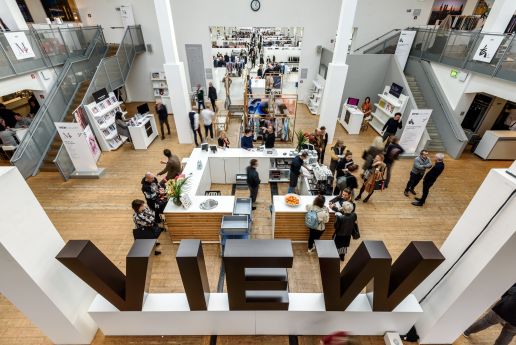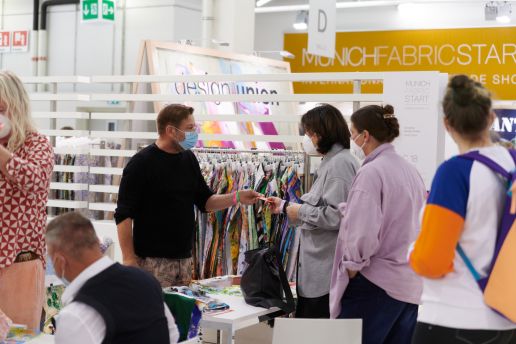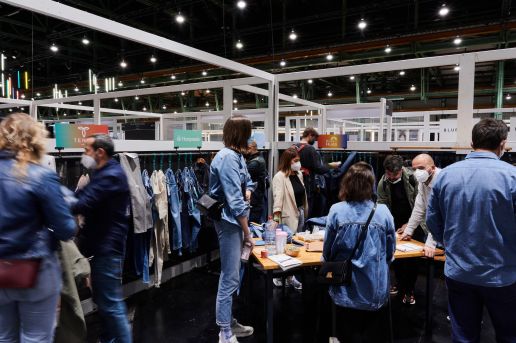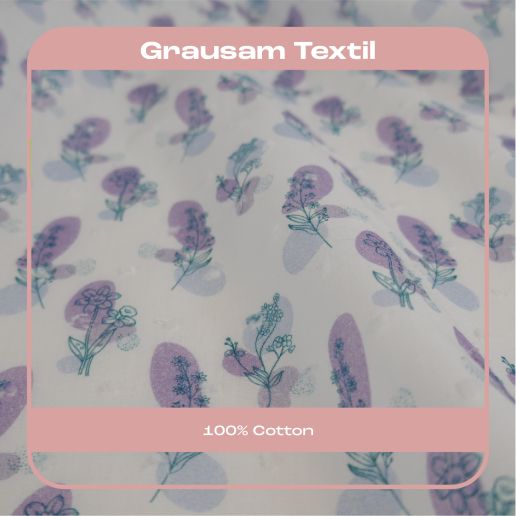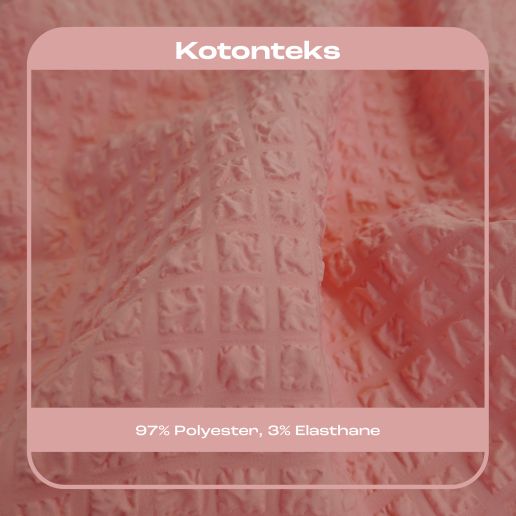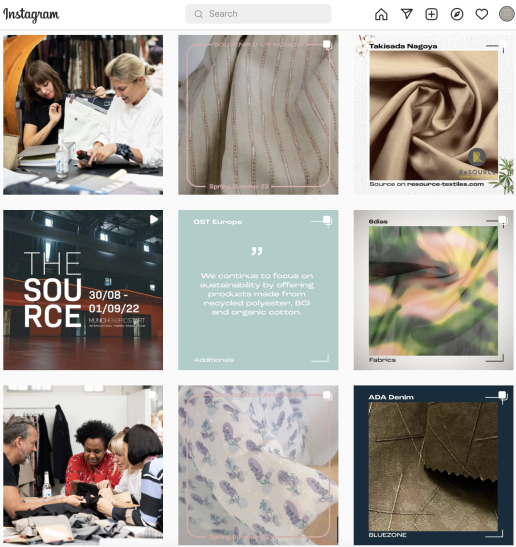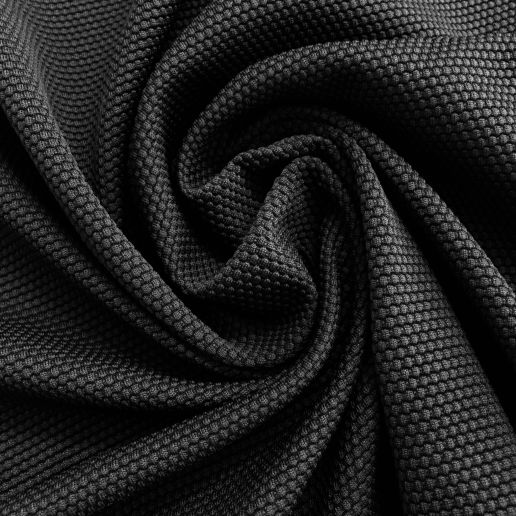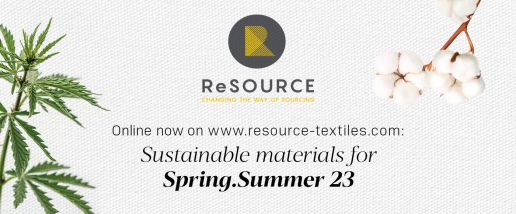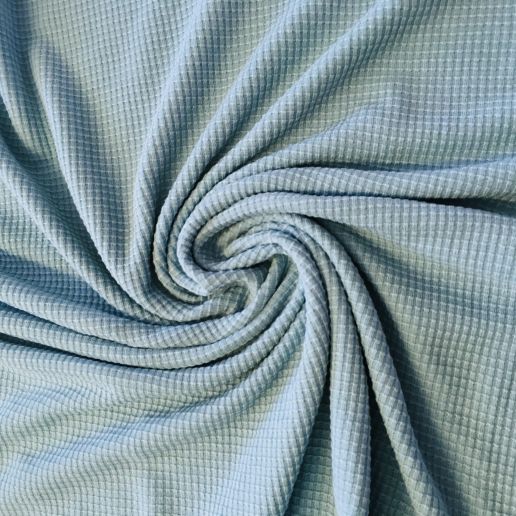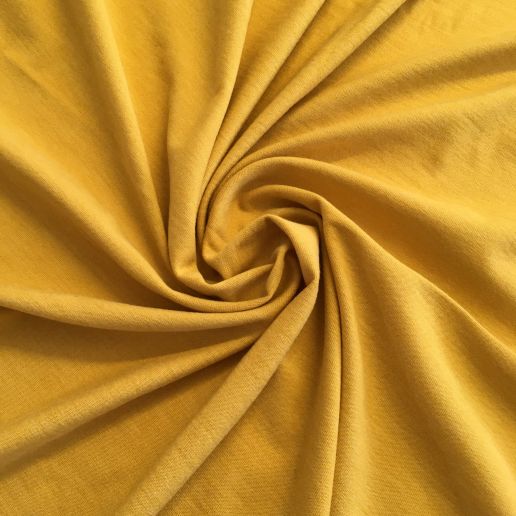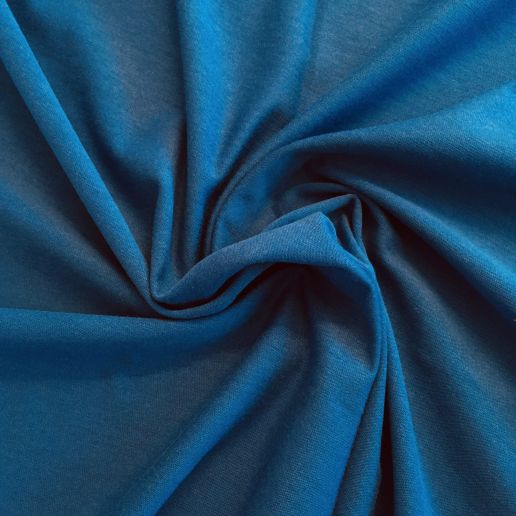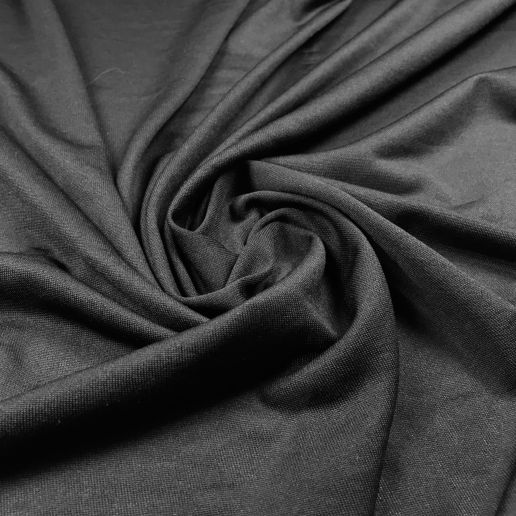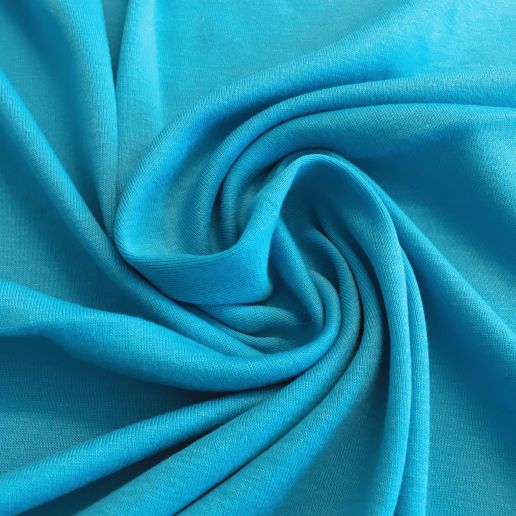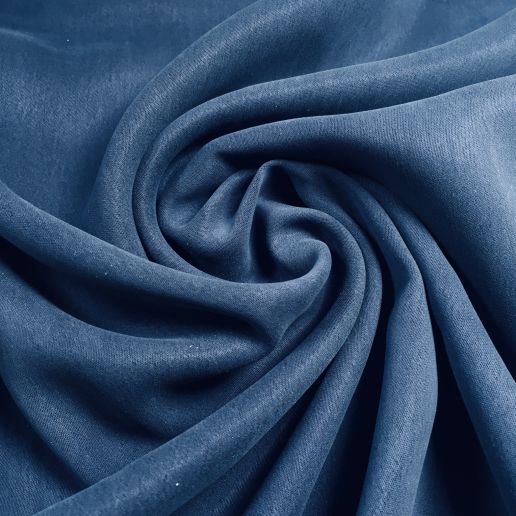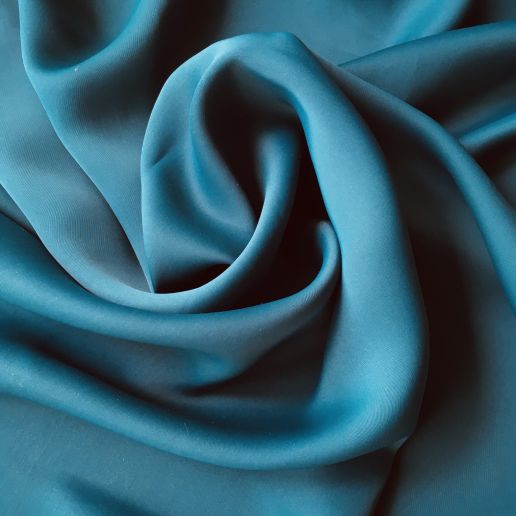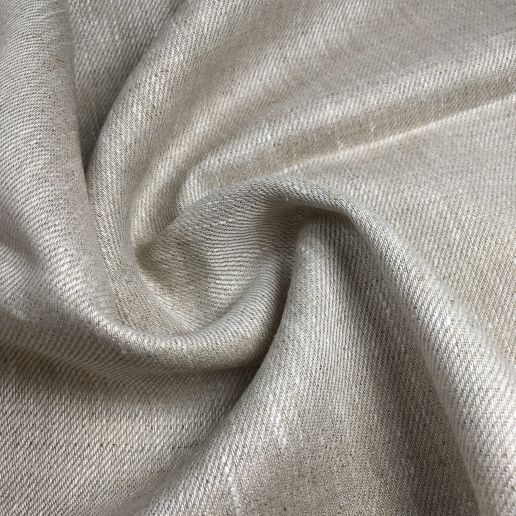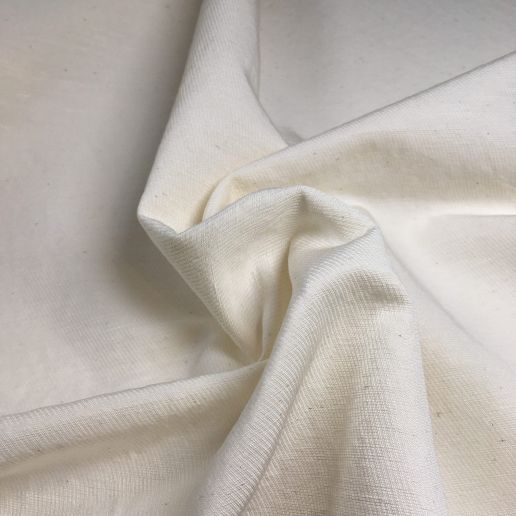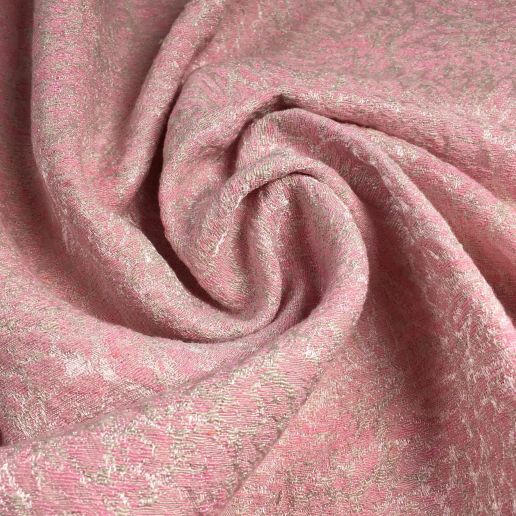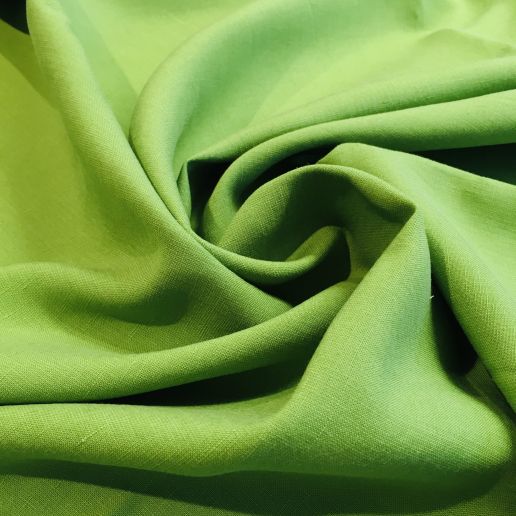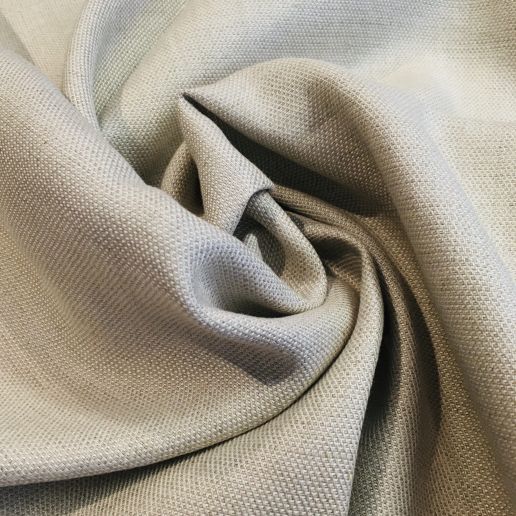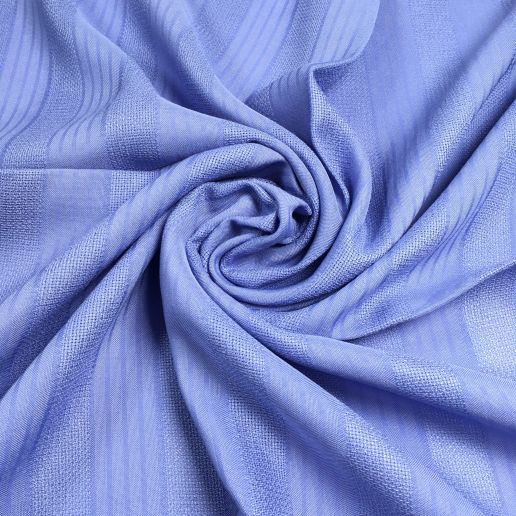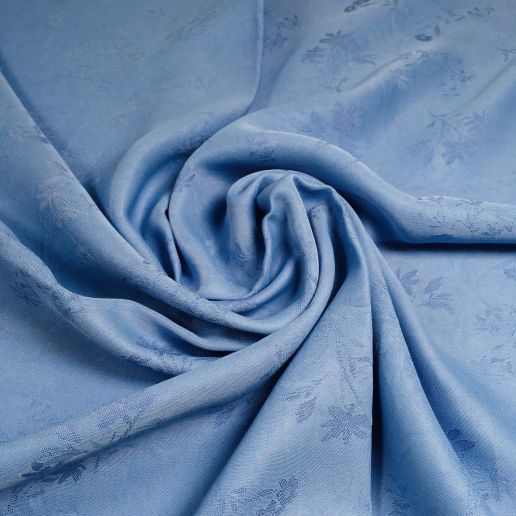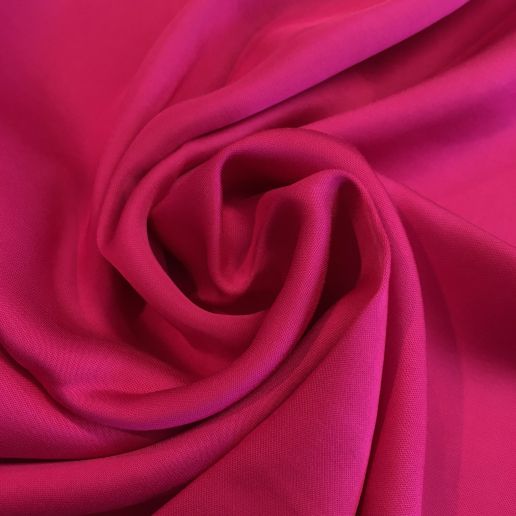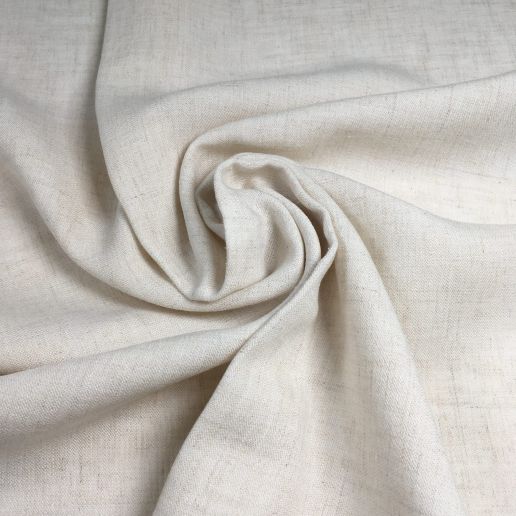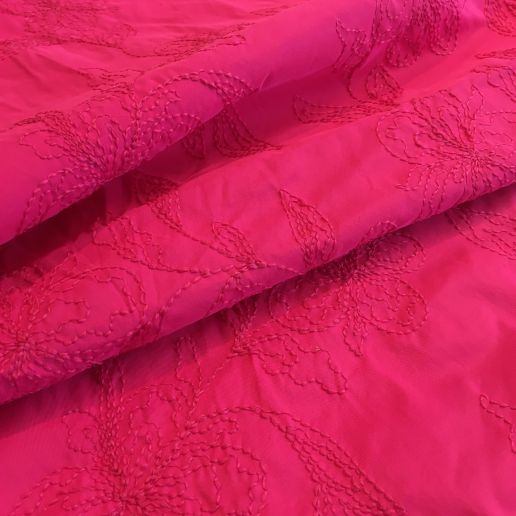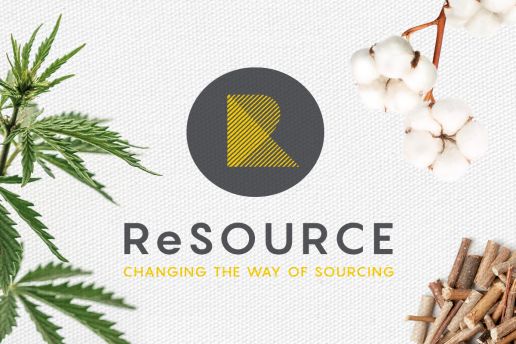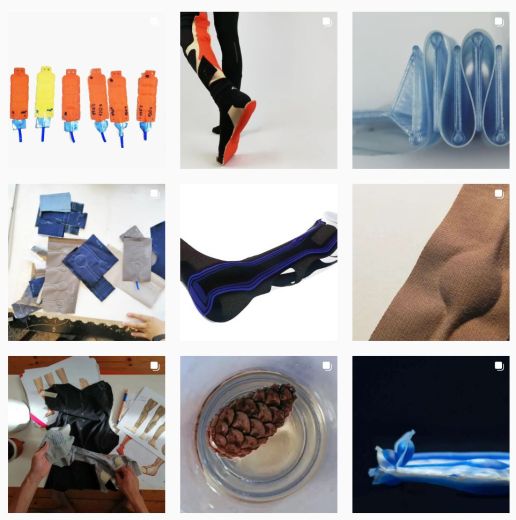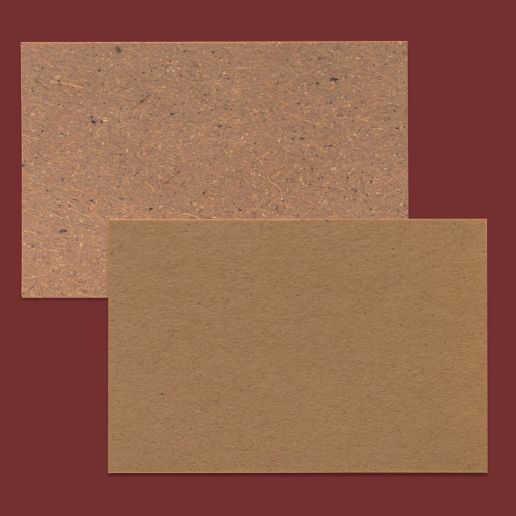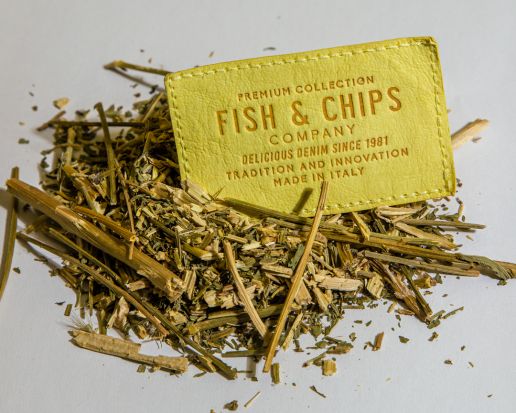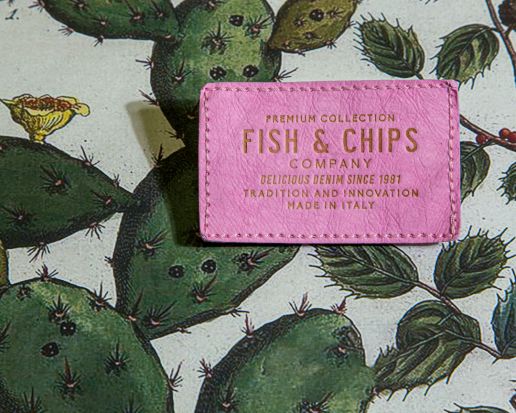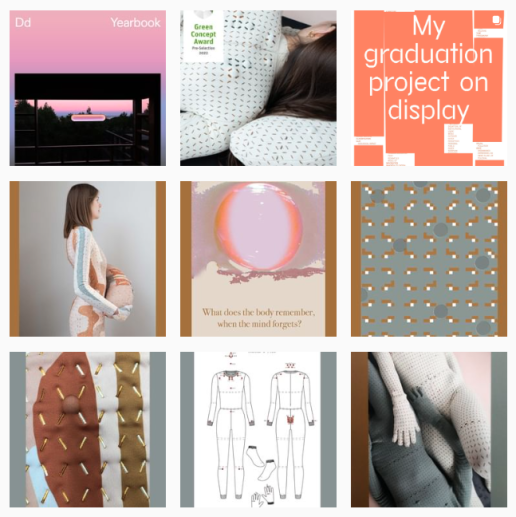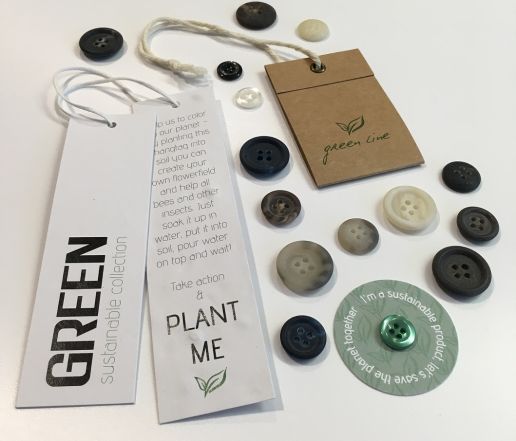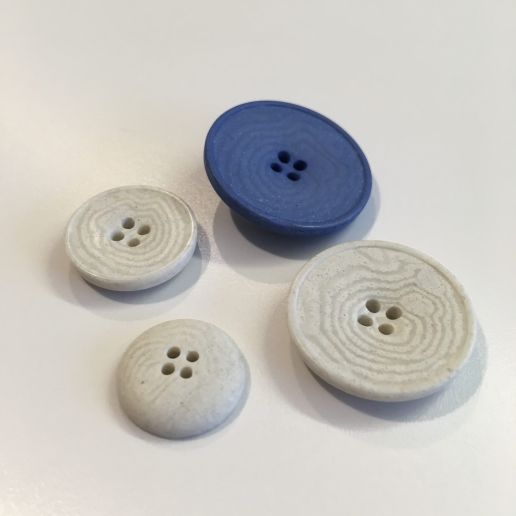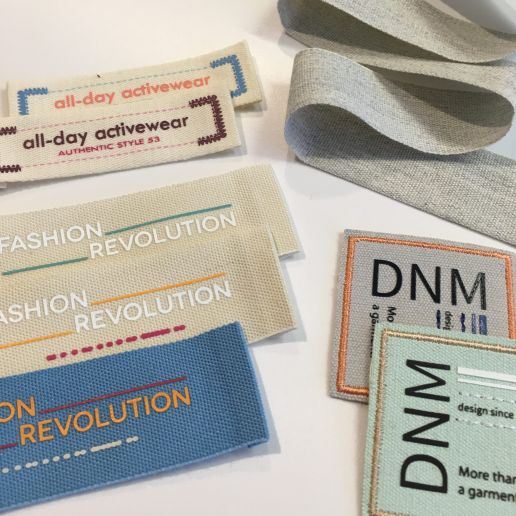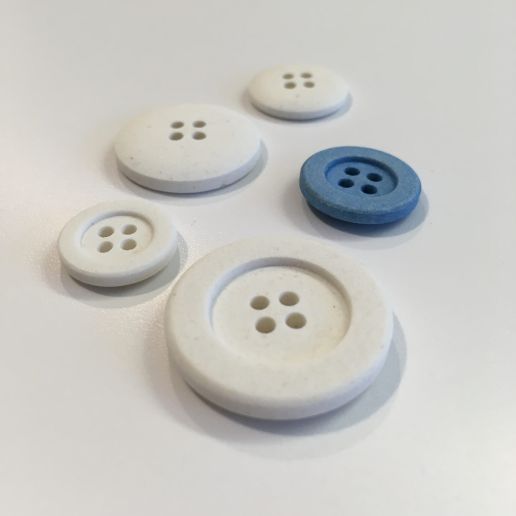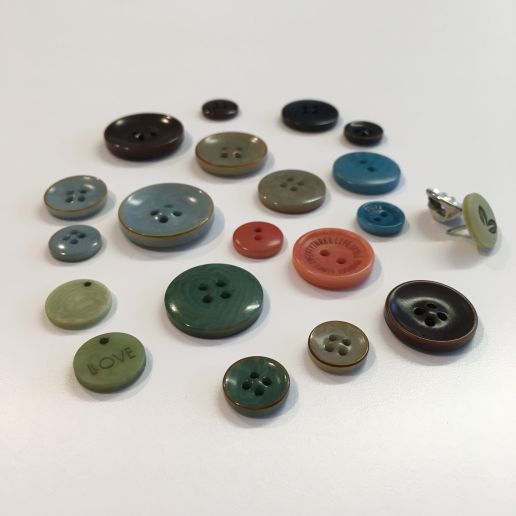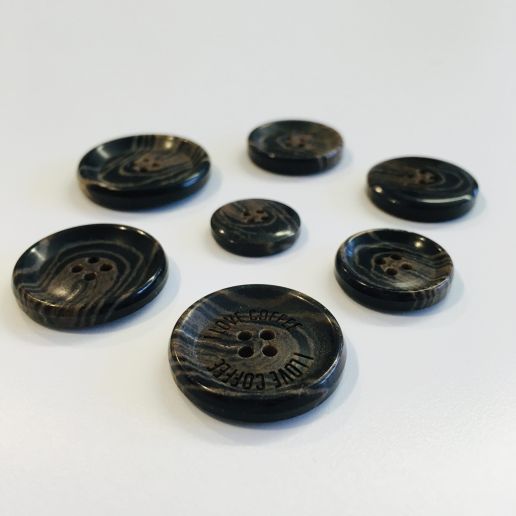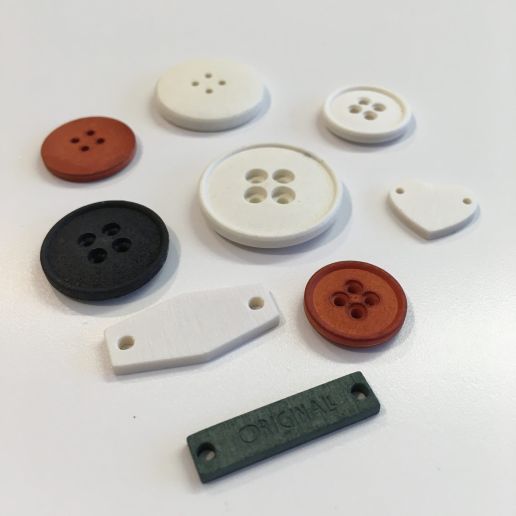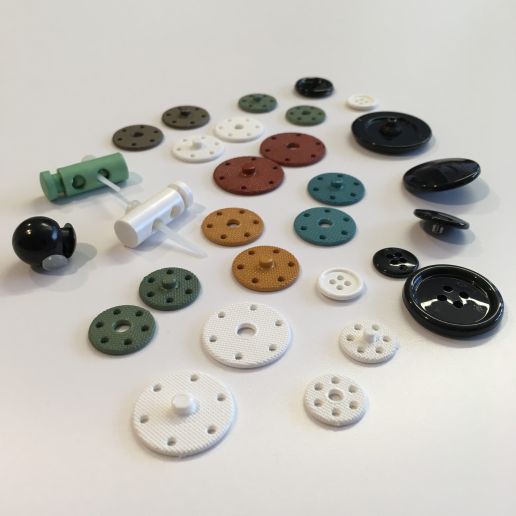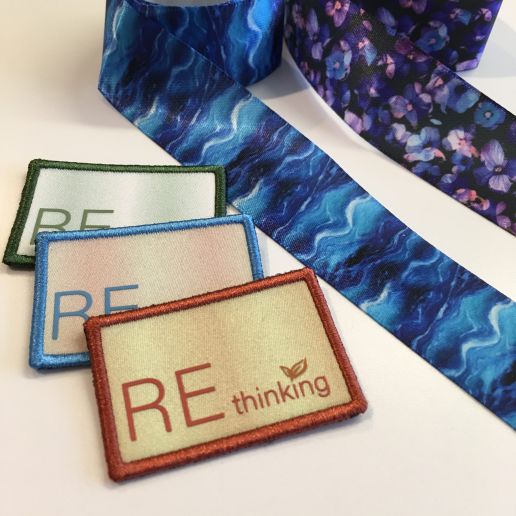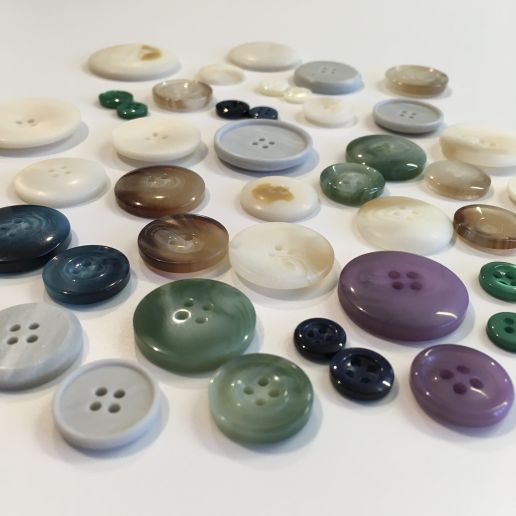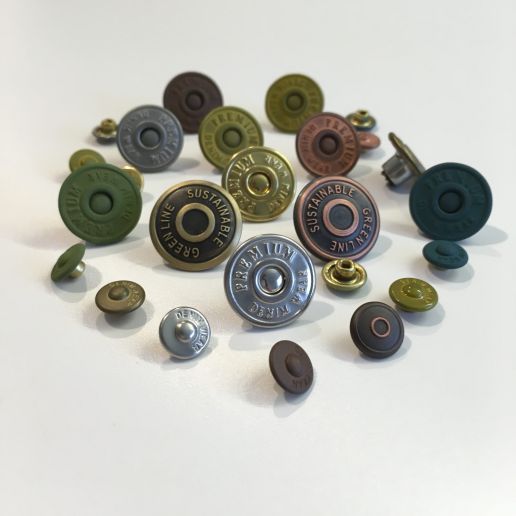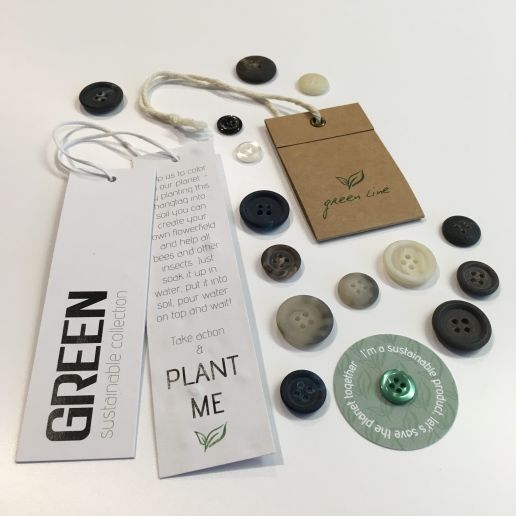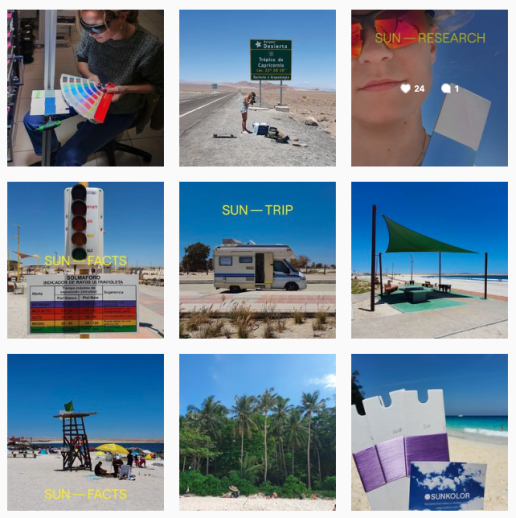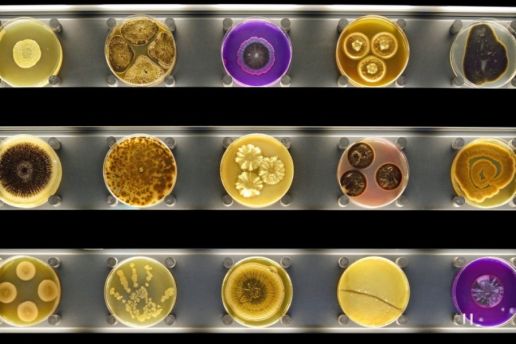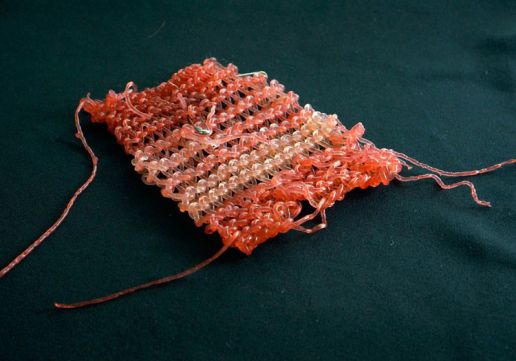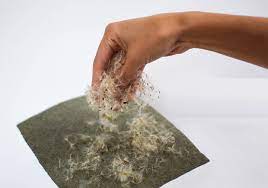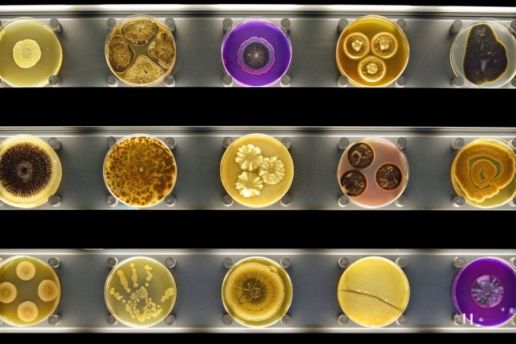Sustainability
Recycling Textile Waste, Viable Solution or Short term plan?
With the rapid global increase in textile waste caused by the growth of the clothing and textile industry and fast fashion among consumers, textile recycling has become paramount.
The problem is that recycling textile is not an easy feat.
Many factors need to be considered. The most challenging obstacle to textile recycling is that the fabrics are often made from blended materials, and it is not easy to recycle mixed materials. This is mainly because each textile needs to be isolated before being effectively recycled. So as the fashion industry feels the pressure to move toward closed-loop production, what is the solution?
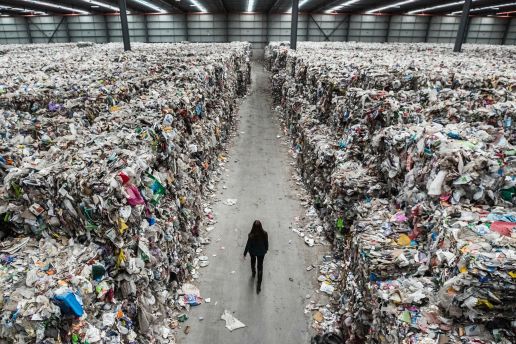
Picture credit: Rolling Stone
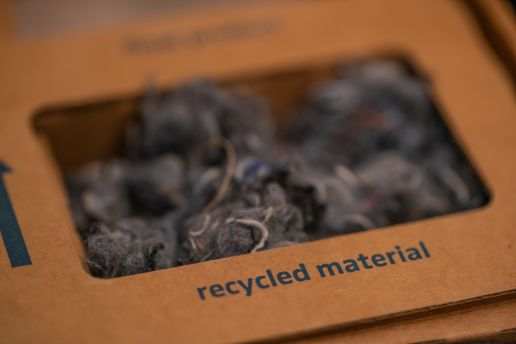
Picture credit: Pollima
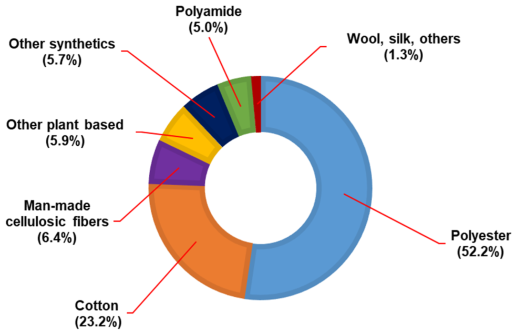
Picture credit: MDPI
Game-Changing Solutions Explained
Well, with various groundbreaking methods in the works, like the Hong Kong Research Institute of Textiles and Apparel (HKRITA), who came up with a solution that makes it possible to recycle blended material into new fabrics and yarns without any quality loss. They can do this thanks to a hydrothermal (chemical) process.
Working together with H&M Foundation, they successfully developed a process that can fully separate and recycle cotton and polyester blends. The recovered polyester material can be reused directly, creating new benefits of recycling without any quality loss. The hydrothermal process uses only heat, water and less than 5% biodegradable green chemical to self-separate cotton and polyester blends. This fibre-to-fibre recycling method is cost-effective, and there’s no secondary pollution to the environment, ensuring the life of the recycled material is prolonged sustainably. The technology will be licensed widely to provide broad market access and maximum impact.
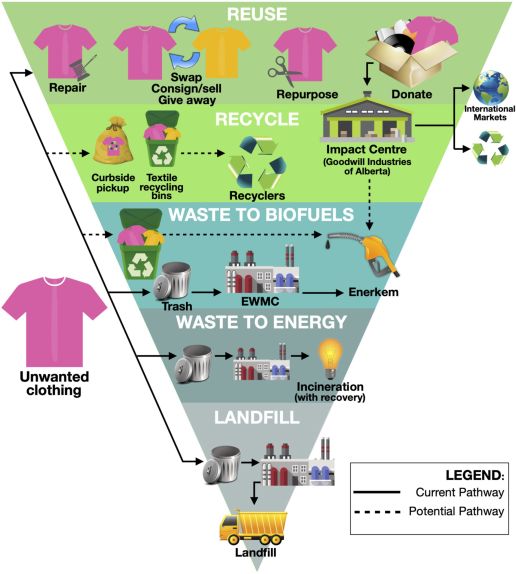
Picture credit: Sion Fraser University
Erik Bang, former Innovation Lead at H&M Foundation, shared:
“For too long, the fashion industry has not been able to recycle its products properly since there’s no commercially viable separation, sorting, and recycling technology available for the most popular materials such as cotton and polyester blends”. He continues, “This very encouraging finding has the potential to change that. We are very excited to develop this technology and scale it beyond the laboratory, which will benefit the global environment, people and communities.”
Then there is the Swedish company Södra. They have come up with a unique recycling solution that could influence how the fashion industry recycles its textiles.
Designed to enable large-scale textile recycling, the Södra, a significant forestry cooperative based in Växjö, Sweden, has come up with a unique solution that solves this fundamental obstacle to the textile industry. The pioneering solution makes it possible to recycle textiles on a large scale.
Using its resources and expertise for an innovative textile recycling solution, Södra has found a way to recycle fibres from blended fabrics on a large scale. They did this by enabling circular flows in the fashion and textile industry.
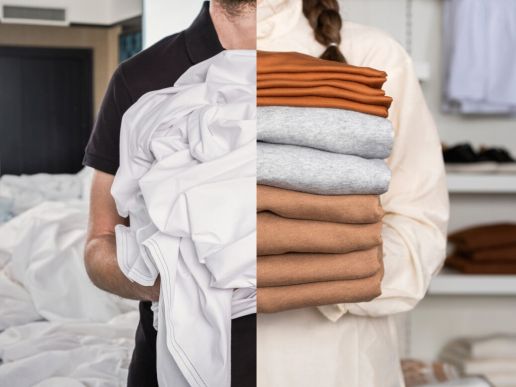
Picture credit: Södra
“Södra also has aggressive sustainability targets. We are, therefore, seeking companies with high sustainability ambitions that would like to partner with us in the delivery of textiles. That will determine our start-up and future production capacity” says Helena Claesson, Project Manager Södra.
Explaining the process further, Johannes Bogren, President of Södra Cell Bio-products, shared: “We are now redrawing the fashion and textile industry map by offering circular flows of textile fibres. A sweater can now become a sweater again. This will create added value for our customers, especially the fashion industry.”
The Fashion for Good Full Circle Textiles Project turned to innovative recycling technologies to close the loop on textile waste. The project’s objective was to explore the potential to reduce the environmental impact of textile waste; the textile-to-textile recycling solution has the potential to eliminate the industry’s dependence on virgin raw materials.
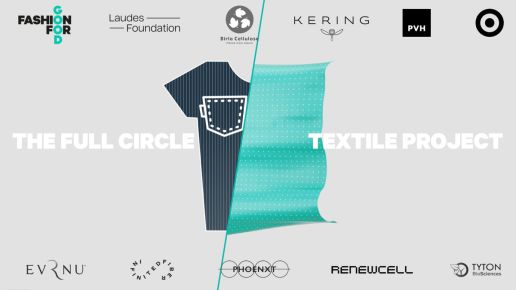
Picture credit: Fashion for Good
Supported by C&A, Martha Willis, Senior Manager of Sustainable Materials and Circular Innovation at C&A says: “This project will help us all in understanding the barriers, impacts and opportunities in the chemical recycling of polyester and is an important foundation to C&A’s commitment to connecting principles of circularity to 7 out of 10 of our products by 2028.”
Focusing on investigating economically viable and scalable solutions, the Full Circle Textiles Project has accomplished their objective scale of disruptive innovation in the industry and the capability of chemical recycling to accelerate circularity.
“The next phase of the project focuses on scaling these solutions and encourages brands, innovators, and supply chain partners to create long-term partnerships, catalyse funding to enable scaling, and leverage industry expertise to develop and implement these technologies further,” says Fashion For Good.
The C&A supported project, which was launched in September 2020, was successfully executed. Read the outcomes and learnings of the project here.
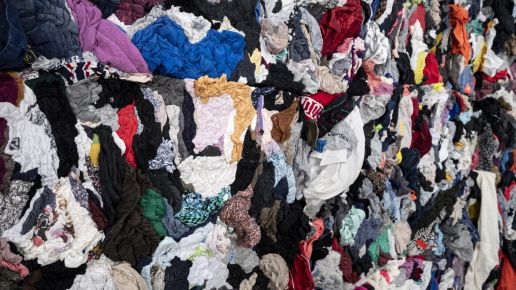
Picture credit: Nord News
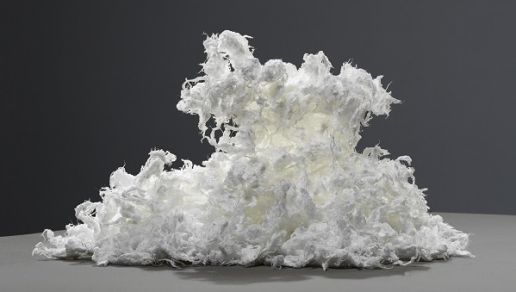
Picture credit: Eco Rebels
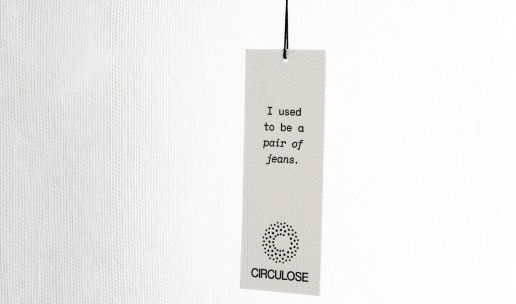
Picture credit: Nouryon
Conclusion
So is recycling textile waste a viable solution or short term plan?
I think that the aim should be to develop the infrastructure necessary to scale textile recycling, and to do this, fashion businesses need to take advantage of upcoming technological developments. By working together toward a common goal, we will get one step closer to a more sustainable textile recycling process, with the end goal of contributing to facilitating a circular economy.
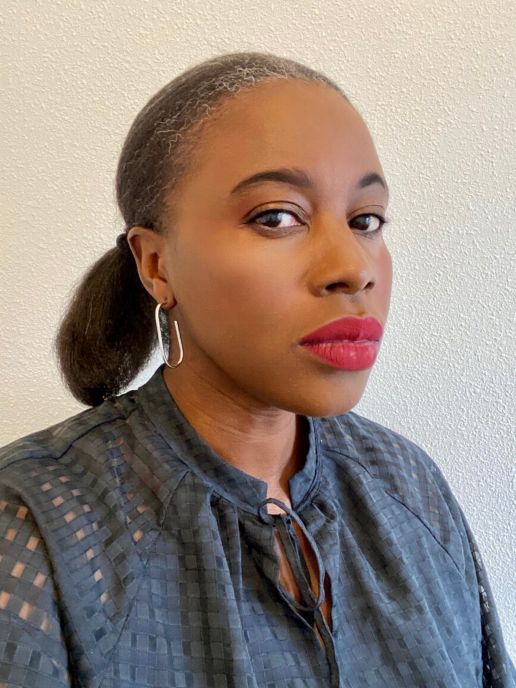
About the author
Founding editor-in-chief of FashNerd.com, Muchaneta has worked in the fashion industry for over 14 years. She is currently one of the leading influencers speaking and writing about the merger of fashion with technology and wearable technology.
Muchaneta Kapfunde | editor@fashnerd.com
———————————————————————–
Discover further industry-disrupting innovations at our upcoming shows:
EVERY.BODY SS23 Trend #2 - SOUVENIR D'UN MOMENT
SOUVENIR D’UN MOMENT
- the joy of carefree happiness and the little things in life -
We are happy to present you the Spring.Summer 23 trend themes included in our MUNICH FABRIC START Trend Book. We hope the themes will give you the impression of what the next season will bring and that they will inspire you and spark new ideas for your future collections’ development.
SOUVENIR D’UN MOMENT is our second theme that is all about the search for happiness, joy and all the little things in life. This theme loves loose and relaxed, silky materials with hand-printed or regular prints and motifs. It definitely brings back this ‘Brigitte Bardot’ holiday vibe with a playful twist.
Even though, the moments of relaxation and joy are of highest importance within the SOUVENIR D’UN MOMENT theme, the sensuality, romance and a little bit of sex appeal are also crucial here. Shorts, midriff revealing tops and subtle cut-outs are the elements that represent the carefree aspect of SOUVENIR D’UN MOMENT. The overall feeling is that those colourful and intriguing textiles and cuts put you in a good mood and spread pure joie de vivre!
Playful details allow this theme to breathe with smiling ease
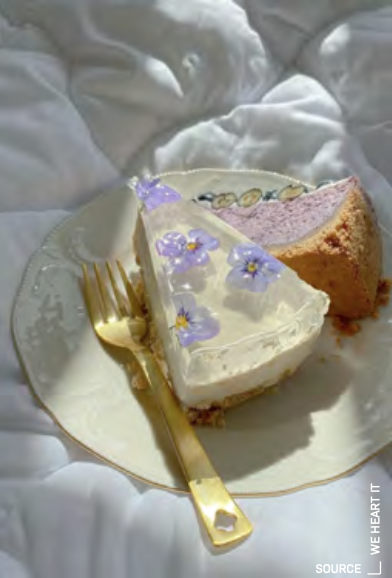
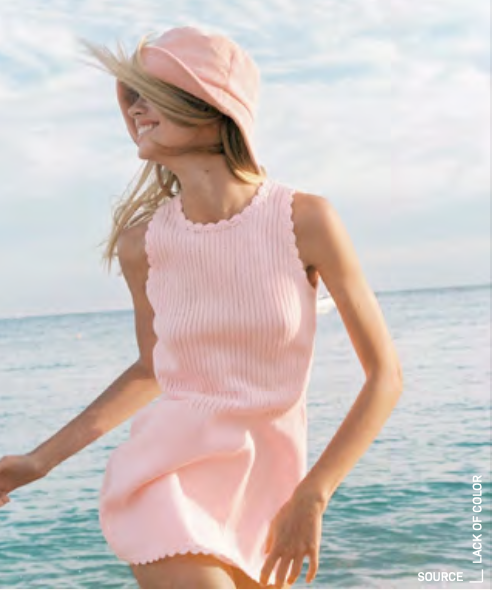
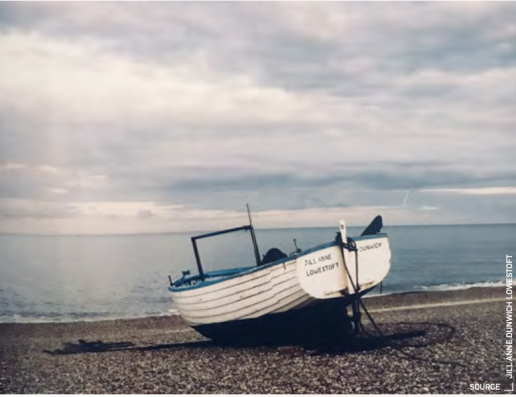
What colours stand out the most? Just imagine a poetic watercolour painting – calming blues, violets and yellow tones are paired with cool neutrals like matte greens and khaki. Off-whites and light-greys highlight the palette with perfect high-summer shades.
For more inspiration, order your own colour code that includes coloured yarns:
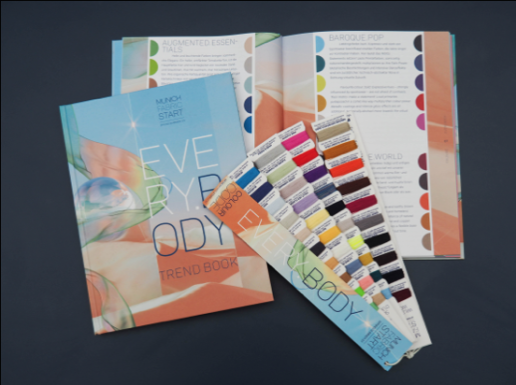
GET YOUR SPRING.SUMMER 23 TREND FORECAST
Last chance: SS 23 Trend Book & Colour Code – the optimal source of inspiration and information for your collection development.
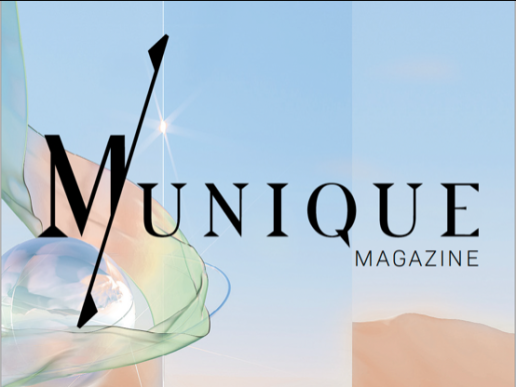
READ THE LAST MUNIQUE E-MAGAZINE ONLINE
The magazine offers insights with interviews, guest articles and innovative material from our international exhibitors.
The textiles showcased on our social media perfectly reflect everything that SOUVENIR.D’UN.MOMENT trend theme stands for. Visit our Instagram account
and look for an inspiration !
For more news about trends check out the following articles:
Get your Spring.Summer 23 Trend Forecast now
Spring.Summer 23 Trend #1: Augmented Essentials
ReSOURCE Fabrics highlight the industry's buzzwords: traceable, closed-loop, low impact
ReSOURCE is the sourcing platform for environmentally friendly and responsibly produced textiles, clothing and accessories. Search, discover and connect – all in one place. Source sustainable materials online at any time on www.resource-textiles.com
This season, we received more than 180 ReSOURCE materials – together with the samples for the Autumn.Winter 22/23 season, more than 560 innovative fabrics & additionals from 87 manufacturers are presented in our Brand & Material Search.
We have already introduced you to 10 other ReSOURCE Fabrics manufacturers in these two blog articles #1 & #2. Here are the next 5 most futuristic manufacturers with their sustainable developments for Spring.Summer 23 starring traceable or regenerated fabrics produced in a closed-loop or with eco-low chemical impact finishings:
- MANIFUTURA – Kadeks Tekstil
- Pastel by Yilmazipek
- Philea Textiles SAS
- Secen Tekstil
————————————————————————–
MANIFUTURA - Kadeks Tekstil
Manifutura is a pioneer when it comes to sustainable textile materials – it has been producing organic and sustainable fabric since 1993.
Manifutura is committed to use 100% sustainable materials.
Egedeniz Group and Manifutura ensures that at least 98% of the materials used throughout the supply chain come from sustainable materials. Materials are classified as sustainability in accordance with the preferred fibers criteria set by the Textile Exchange – a global nonprofit which develops, manages, and promotes sustainable industry standards. By being vertical integrated, Manifutura can ensure that sustainability objectives can be followed throughout the supply chain.
————————————————————————–
Pastel by Yilmazipek
Finding its inspiration in the rich textile heritage of Bursa, which has enclothed the world since time immemorial, Yılmazipek derives its strength from its creativity, its exacting production standards, experienced and dedicated team, and wholistic sustainability policies which respect man, nature and wellbeing of posterity.
Pastel’s core values? Integrity, Cooperation, quality, respect and fairness.
————————————————————————–
Philea Textiles SAS
A large part of PHILEA‘s collection is dedicated to premium quality linen or linen blends (Tencel, viscose, cotton) that are both comfortable and cool. The company also offers easy wear and easy care cotton/polyamid mixes for a sporty and contemporary look. Besides, fluid satin and crepe in viscose or viscose/acetate as well as FSC/ECOVERO viscose make a look feel fresh.
The collection, entirely designed and produced in France, guarantees a fully traceable and environmentally friendly supply chain.
<< Masters of Linen – 100% Made in Europe. Traceable fabric: Linen from Normandy, dry-spun (no use of water), woven, and finished (without chemicals) in France.
- Categories: Biodegradable, Eco Finished
- Composition: 100% Linen
- Weight: 230 g/sqm
- Certification: STANDARD 100 by Oeko-Tex®
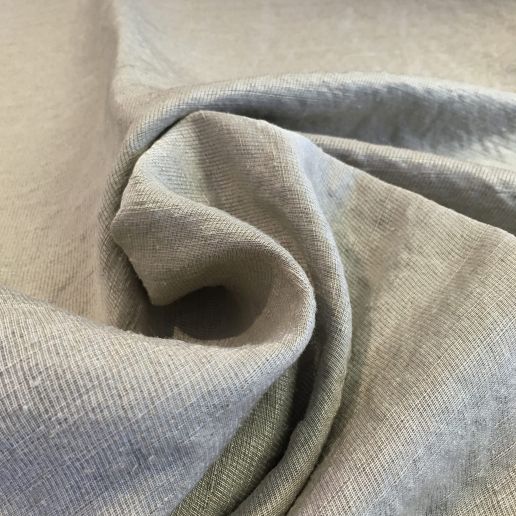
- Categories: Organic/Natural, Regenerated Celulosics
- Composition: 29% Acetate, 71% Linen
- Weight: 265 g/sqm
- Certifications: FSC, STANDARD 100 by Oeko-Tex®
- Speciality: Masters of Linen – 100% Made in Europe. Terre de Lin (inside) Traceable fabric: Linen from Normandy, dry-spun (no use of water), woven, and finished (without chemicals) in France
- Categories: Biodegradable, Eco Finished, Organic/Natural, Regenerated Celulosics
- Composition: 33% Linen, 67% Tencel®
- Weight: 210 g/sqm
- Certifications: STANDARD 100 by Oeko-Tex®
- Speciality: Tencel: cellulose based chemical fiber (Lenzing Technology: closed loop production process which transforms wood pulp into cellulosic fibers); Traceable fabric: Linen from Normandy, spun, woven, and finished in France. Eco-low chemical impact finishing, eco-traceability, eco-waterless.
- Categories: Biodegradable, Eco Finished, Organic/Natural, Regenerated Celulosics
- Composition: 82% Linen, 18% Tencel®
- Weight: 250 g/sqm
- Certifications: STANDARD 100 by Oeko-Tex®
- Speciality: Tencel: cellulose based chemical fiber (Lenzing Technology: closed loop production process which transforms wood pulp into cellulosic fibers); Traceable fabric: Master of Linen (Made 100% in Europe), Linen from Normandy, spun, woven, and finished in France.Chemical-free finishing, natural colour.
————————————————————————–
Secen Tekstil
Secen Tekstil constantly researches, follows and ponders new ways to reduce its carbon footprint.
When it comes to sustainability, yarn brands that have become the world’s standard are included in Secen’s production portfolio. Thanks to the collaborators such as Repreve, Ecovero, Naia, Viloft and Sorona, our products always get a passing grade from world clothing brands in terms of sustainability.
- Categories: Biodegradable, Regenerated Celulosics
- Composition: 30% Naia™, 25% Hemp, 45% Tencel®
- Weight: 185 g/sqm
- Certifications: FSC, STANDARD 100 by Oeko-Tex®
- Speciality: Eastman Naia™ cellulosic fiber, made with sustainably sourced wood.Tencel®: closed loop production process which transforms wood pulp into cellulosic fibers
————————————————————————–
Sustainable Innovations #6: Wearable muscles by MotorSkins
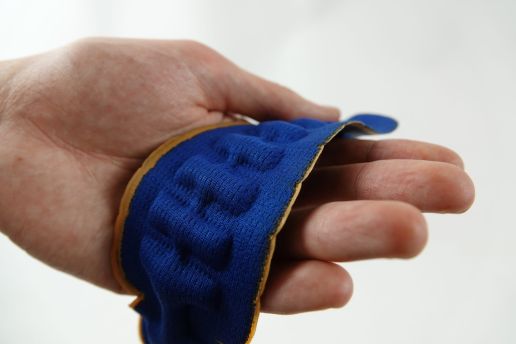
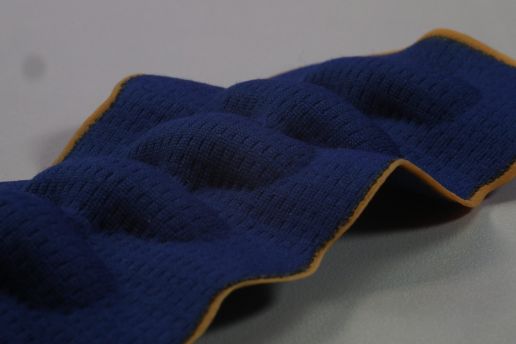
Innovative, intelligent, interactive: MotorSkins is a pioneering start-up in the field of shape-changing soft-robotic textiles. The Berlin-based company produces garments that help muscles move without any electronics such as batteries or motors – making them a pioneer in the industry. The first item produced is a compression garment for the legs.
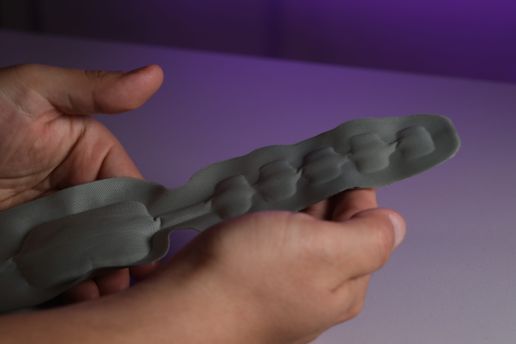
The special feature: the textiles are being stimulated by the movement of the users thanks to the new design and the innovative material. This creates a cycle: when the foot of the user compresses one part of the circuit against the floor (during a step), the pressure and volume are transferred to the active part, which powers it.
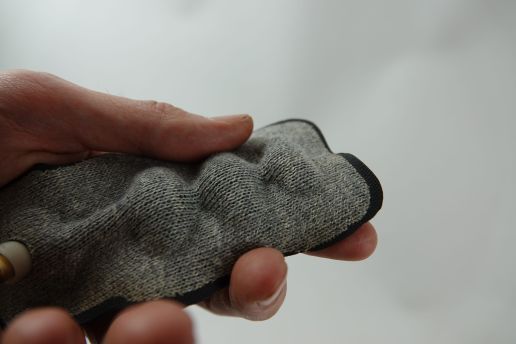
As an interface between sport, wellness and health, the start-up creates products that can be used medically, for relaxation or to support movement, depending on requirements. Currently, the young, international team at MotorSkins is working on textiles that are attached to the joints to make running easier – either for normal movements or also for illnesses. Inspired by nature, made for people.
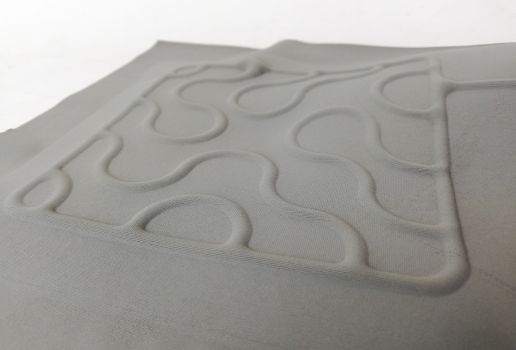
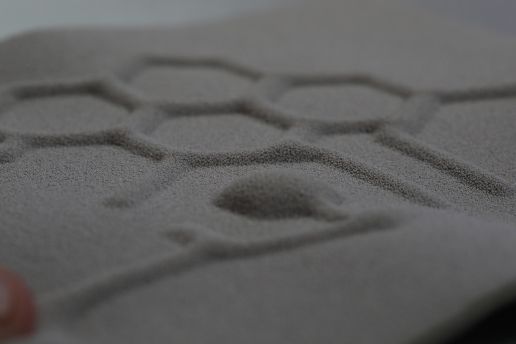
“MotorSkins technology bridges the functionality of soft-robotics with the versatility of textiles. We are a development platform for applications that explore human-machine interaction. Our technology creates a new paradigm of innovation in materials and sustainability where smart active elements are made without integrating electronics or batteries.”
– Juan Opitz-Silva
Follow on
For more information about SUSTAINABLE INNOVATIONS, see this interview with Simon Angel, curator of the Sustainable Innovations Forum, and the following articles:
“Pre-Action”: An interview with Simon Angel, curator of the Sustainable Innovations forum >>
“Biotic” by studio Lionne van Deursen >>
Flower matter by Irene Purasachit >>
Offcuts collection by Seok Park >>
Sunkolor by Panorama Fabrics >>
The explosion of summer colours - Additionals of the SS23
Although MUNICH FABRIC START and BLUEZONE couldn’t be realised physically in the end of January, we want to give our beloved exhibitors and long-term partners the chance to present their collections for Spring.Summer 23 online. We are presenting the most inspiring developments, prints and innovations in all our areas: FABRICS, ADDITIONALS, BLUEZONE, DESIGN STUDIOS, SOURCING & KEYHOUSE.
These Additionals’ developments by KAHAGE-Butonia Group, Landes Lederwaren, Panama Trimmings and REBIL Group Labeling & Packaging are a true explosion of colours. The newest collections of buttons, materials, trimmings & Co. include bio-based, plastic free, pure-dyed and 100% vegan materials.
KAHAGE-BUTONIA GROUP
KAHAGE-Butonia Group tries to escape reality for the Spring.Summer 23 season and presents new creative possibilities. A collection that, in addition to light and trendy polyester shapes, also largely consists of various recycled and organic materials. The focus is on the integration of eco and natural materials in classic summer shapes, as well as colorful and bold polyester, nylon and zamak buttons. All in all, a summery mix that invites you to dream.
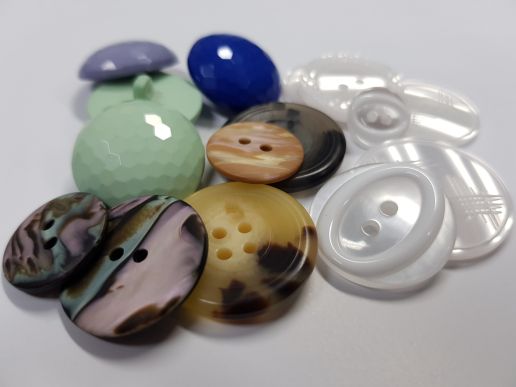
————————————————————————–
LANDES LEDERWAREN

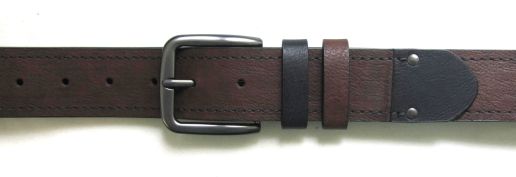
Medike Landes’ Spring.Summer 23 collection intends to express personality and spirit through unique materials and creative finishing techniques. The global manufacturer of labels, trims, and accessories is proud to market and sell MIRUM™, a 100% bio-based plastic-free material available in a wide range of textures and colours. MIRUM is a high-performance solution for designers and brands looking to decrease their CO2-footprint and expand their creative palette. Landes also offers belts for men, women and kids in different price levels with BSCI, ISO and LWG certificate.
————————————————————————–
PANAMA TRIMMINGS
BLUE WOAD: a colour full of history! The color Blue has a very long history while the woad have played a key role for the spread of blue dyeing. Ancient Egyptians were the first to use it to obtain blue color. Nowadays, going back to the origins, Panama Trimmings is searching alternatives for synthetic colors which are polluting and harmful. Woad matches the need of natural, traditional, and pure dyeing.
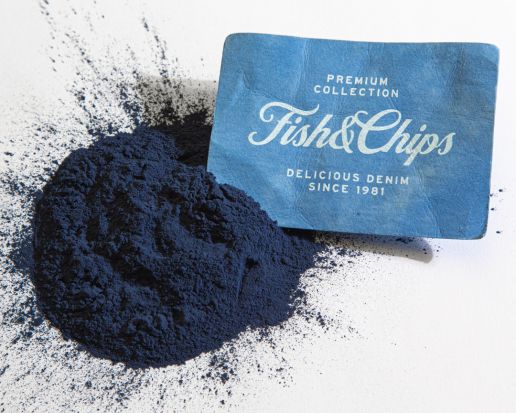
————————————————————————–
REBIL GROUP LABELLING & PACKAGING
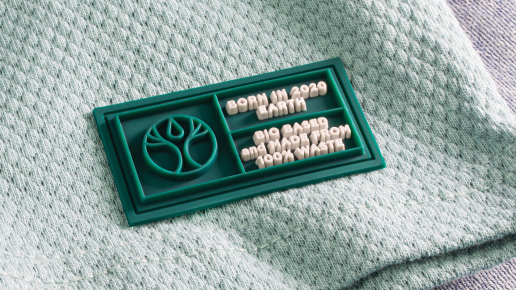
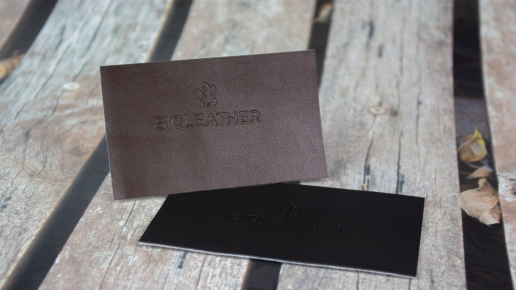
As one of the most innovative labels and packaging producers for global fashion brands for over 70 years, REBIL Group now produces with the environment in mind by offering plant-based and 100% vegan raw materials from OLIVE industry waste. The goal? To provide sustainable and customisable silicon and leather fashion labels as well as other leather products.
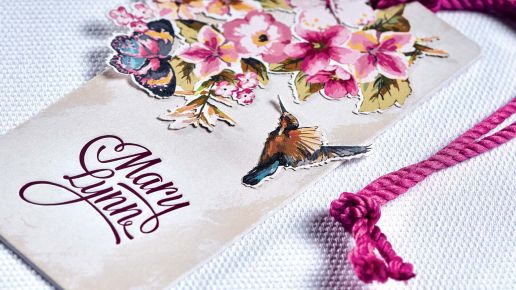
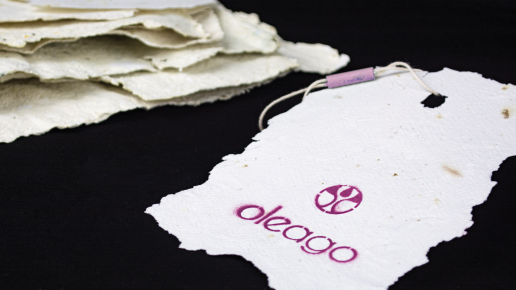

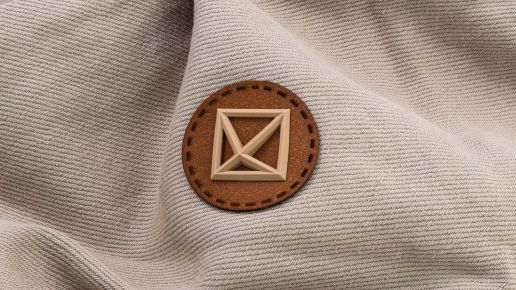
————————————————————————–
Discover more Spring.Summer 23 developments from the ADDITIONALS manufacturers in the following blog articles:
This season’s sustainable buttons, zippers & Co. are colourful & trendy
ADDITIONALS Spring.Summer 23: certified bio materials meet the latest styles
————————————————————————–

Sustainable Innovations #5: The Healing Imprint
Emotional healing through clothing – where science and textiles come together: The Healing Imprint explores the therapeutic potential of knitted garments. Bodysuits, gloves, socks and pillowcases are made to stimulate acupressure points on different parts of the body such as the hands, feet and head when moved. The custom-made textiles have grids through which small massage balls can be moved. By this, the acupressure points can be targeted.
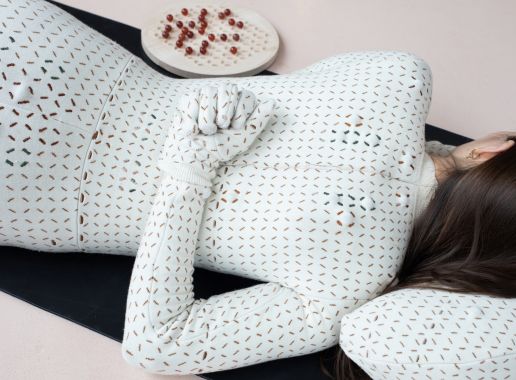
Laura Deschl is not only the designer of these special textiles, but also has a background as a yoga teacher – she used her knowledge to develop a yoga-based movement practice that uses one’s own body weight to increase pressure on certain points of the body. According to Deschl, trauma can also be worked through with this method. In combination with a trauma-sensitive yoga practice, the clothing thus becomes an individual tool that can release and dissolve even deeper emotions. The Healing Imprint shows how the fields of science, economics, medicine, psychology and textile production can be harmonised in an interdisciplinary way.
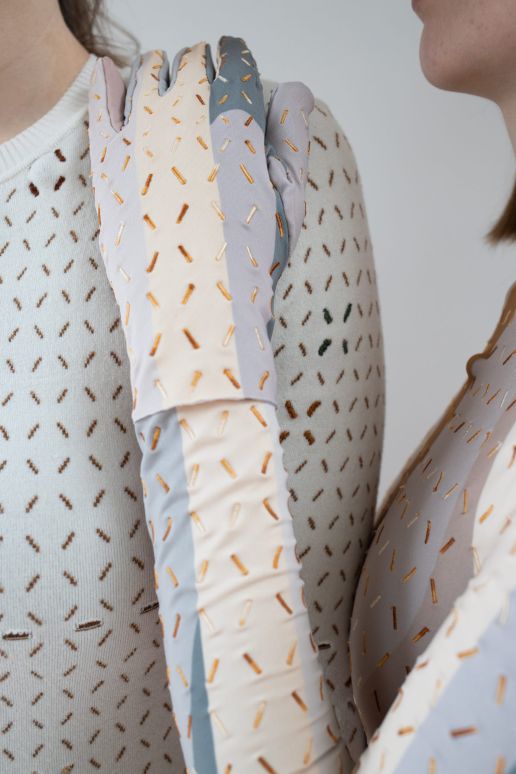
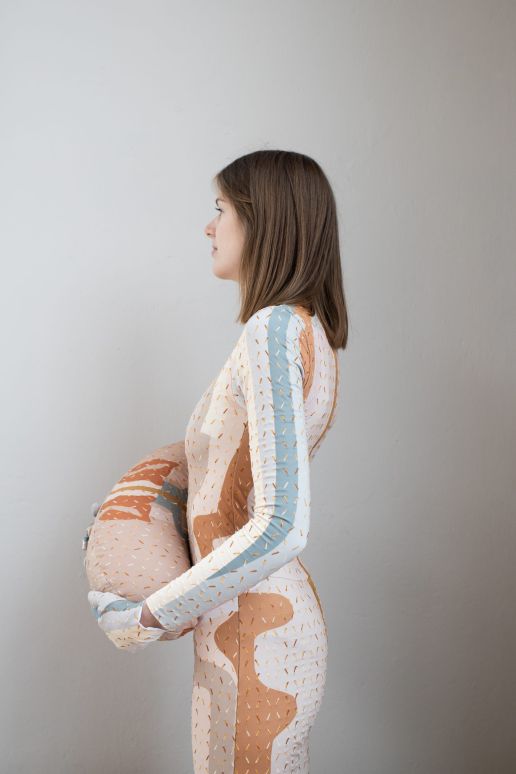
Allowing and feeling emotions: Mental illness and trauma are often still a rather invisible topic in society. One of Laura Deschl’s major concerns is therefore to draw attention to issues surrounding mental health and the traces of trauma on the body and to destigmatise them. Deschl wants to help patients train their body awareness and in this way bring them closer to their body again.
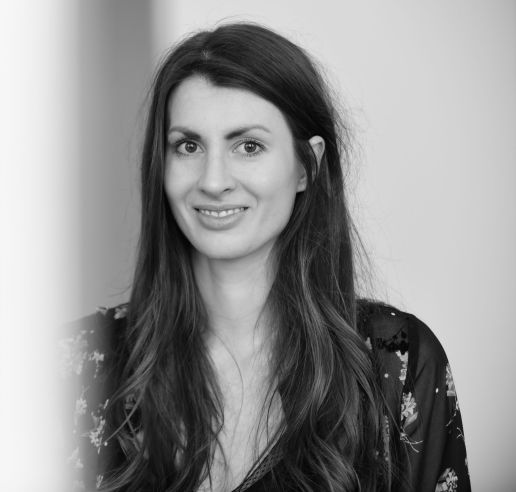
“With The Healing Imprint garments, the acupressure aims to help the wearer access buried memories or emotions, while the trauma-sensitive yoga practice facilitates introspection around those recollections. Considering that our society has an intense history of war, severe traumatisation and high exposure to everyday postwar stressors were common. These memories can get stored in the body’s memory and even be passed on over generations. Emotional wellbeing and healing is thus another angle to look at sustainability. A balanced body and mind are more likely enabling to make decisions that are in alignment with other humans and the planet.”
– Laura Deschl
Please find more info about SUSTAINABLE INNOVATIONS in this interview with Simon Angel, curator of the Sustainable Innovations Forum:
Interview about Pre-Creation, -Action and -Connection in our industry >>
Offcuts collection by Studio Popopo >>
Sunkolor by Panorama Fabrics >>
Futuristic ReSOURCE Additionals count on biobased alternatives & natural colouring
ReSOURCE is the sourcing platform for environmentally friendly and responsibly produced textiles, clothing and accessories. Search, discover and connect – all in one place. Source sustainable materials online anytime www.resource-textiles.com
More than 180 new ReSOURCE materials are presented from the Spring.Summer 23 season – together with the samples from the Autumn.Winter 22/23 season, more than 560 innovative fabrics & additionals from 87 companies are now being presented to you in our manufacturer and material search.
It is the biobased alternatives, pollution free finishings, recycled materials and innovative colouring through natural sources like coffee grounds that make the newest trims and accessories as futuristic as they are. We present you the Spring.Summer 23 developments you shouldn’t miss of our ReSOURCE Additionals exhibitors
- Bodo Jagdberg GmbH
- Bornemann-Etiketten GmbH
- Nilorn Germany GmbH
————————————————————————–
Bodo Jagdberg GmbH
- Categories: Organic/Natural, Recycled
- Composition: 45% Stone Paper, 40% rec Filling Material, 15% Binders
- Certifications: STANDARD 100 by Oeko-Tex®
- Specialities: Reuse in the form of corozo powder, thermosetting fillers, binders and dyes; Corozo is a sustainable source from palm seed and very resistant.
- Categories: Organic/Natural, Recycled
- Composition: 75% rec Wheat fibres, 25% Thermosetting molding compound
- Certifications: STANDARD 100 by Oeko-Tex®
- Specialities: Fibers of the products used in the food industry and molding compound are OEKO-TEX conform. The buttons built in a process which creates a “closed-loop system” by reusing.
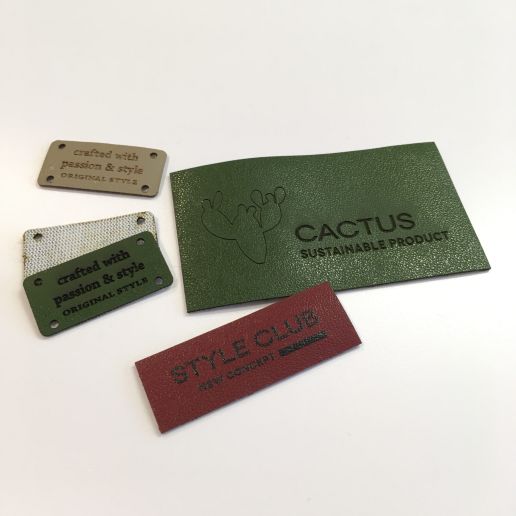
BODO JAGDBERG is putting more emphasis on functionality this season as well as opulence and extravagance. Sporty elegant colors such as aqua glass, digital lavender and cashmere are becoming an absolute eye catcher. Real styling boosters such as Holographic and cosmic paper will set new standards. Sustainable innovations include vegan cactus leather, coffee dyes, recycled corozo, closed loop recycling and many more…
<< VEGAN CACTUS LEATHER LABELS
- Categories: Leather & Alternatives, Organic/Natural
- Composition: 100% Desserto® Cactus Leather
- Certifications: STANDARD 100 by Oeko-Tex®, USDA Organic
- Specialities: Vegan cactus leather is sustainable, fast growing (harvest every 6-8 months), needs little water (rain water and earth minerals) & is very resiliant.
- Awards: PETA awarded & Green Product Award 2020
- Categories: Organic/Natural, Recycled
- Composition: 25% Coffee Grounds rec, 25% Bio Polyester Resin, 5% Plasticiser, 45% rec Filling Material
- Certifications: STANDARD 100 by Oeko-Tex®
- Specialities: Coffeeground creates a special textured effect; the other components (recycled theremosetting fillers, bio polyester resin, pasticiyers and dyes) are in conformity with OEKO-TEX.
- Categories: Organic/Natural
- Composition: 93% Cotton, 4% Biopolymer, 3% Dyes
- Certifications: STANDARD 100 by Oeko-Tex®
- Specialities: Cotton button perfect for garment dye, available in different shapes: jeans buttons, snap buttons, rivet to buttons, and deco pieces. Ligning: Biopolymere which are incorporated into the plant cell wall and thereby cause the lignification of the cell. Natural dyes.
- Categories: Recycled
- Composition: 98,3% rec Nylon, 0,6% Binders, 1,2% Dyes
- Certifications: STANDARD 100 by Oeko-Tex®
- Specialities: Product contains of Nylon spinning platic scrap, masterbatch (1,2%), and additives (0,6%). Built in a process which creates a “closed loop system”. Use of primarly scrap materials is based on the recovery of textile waste and residues.
- Categories: Organic/Natural, Recycled
- Composition: 55% rec Paper, 35% rec Filling Material, 10% Binders
- Certifications: FSC, STANDARD 100 by Oeko-Tex®
- Specialities: Recycled paper is used to produce labels or buttons with f. e. marbled horn look. The recycled paper, recycled thermosetting fillers, technical binders and dyes are in compliance with OEKO-TEX.
————————————————————————–
Bornemann-Etiketten GmbH
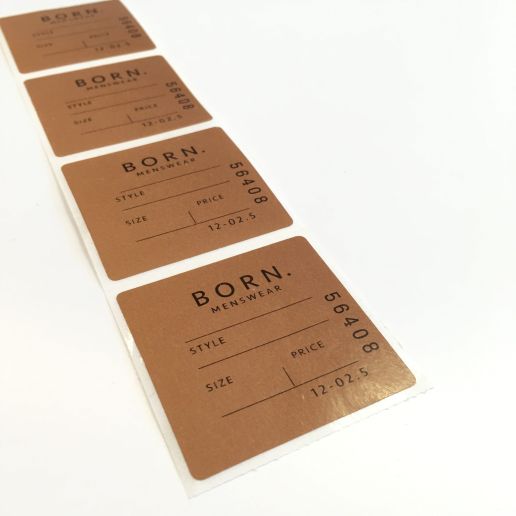
- Categories: Biodegradable, Recycled
- Composition: Binders, Paper
- Specialities: FSC (Mix) Paper with compostable adhesive
In the coming season, Bornemann-Etiketten follows the motto “Breaking new ground together” and is all about transformation. The digital service BRN.CREATE offers a new kind of digital product development, which is sustainable, intuitive and integrable. The Spring.Summer 23 collection shows innovative and sustainable materials and a wide variety of creative labeling options. Bornemann’s mission: Offering the best possible solution to let your brand shine every day.
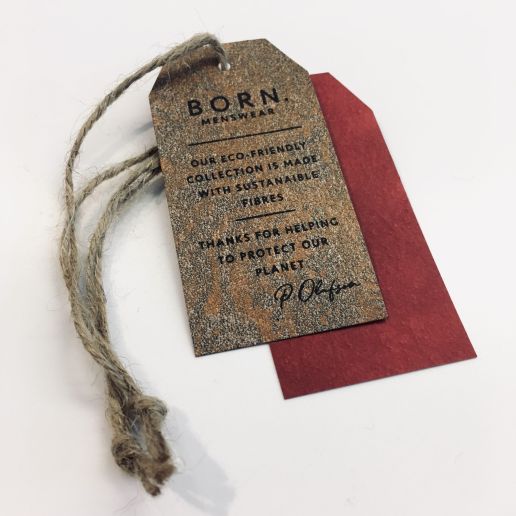
- Categories: Recycled
- Composition: Latex, Paper, rec Material
- Certifications: FSC
- Specialities: Latex-containing paper with recycled material (post-consumer waste)
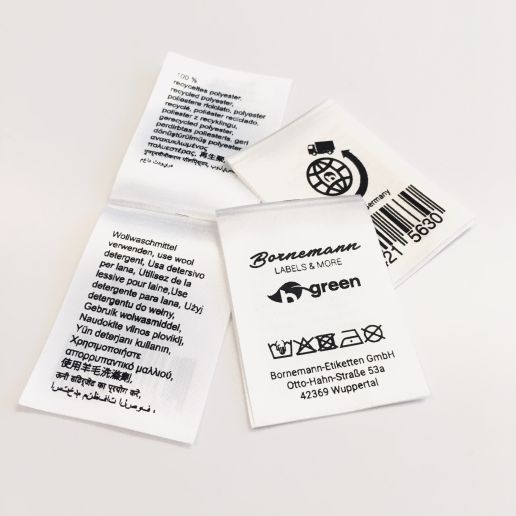
- Categories: Recycled
- Composition: 100% rec Polyester
- Certifications: GRS
- Specialities: rec. Post-Consumer Polyester, Satin, double-sided digital printing
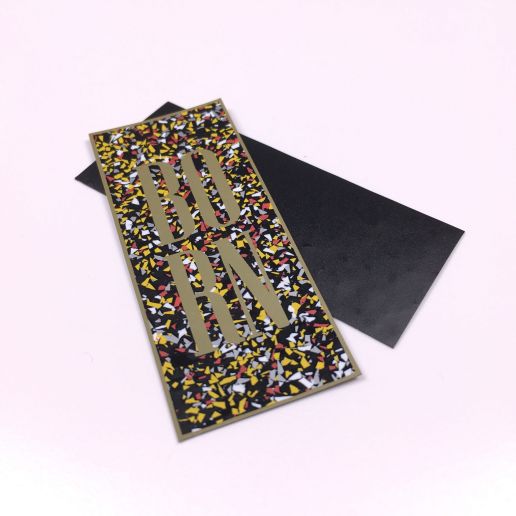
- Categories: Recycled
- Composition: Thermoplastic Polyurethane
- Certifications: GRS
- Specialities: recycled thermoplastic polyurethane material, printed, 0.3mm thick
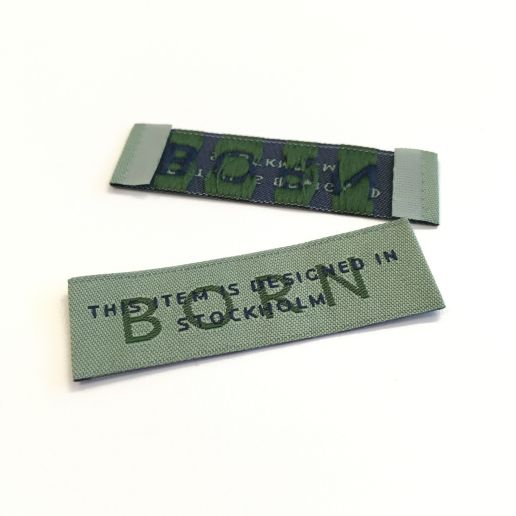
- Categories: Recycled
- Composition: rec Cotton, rec Polyester
- Certifications: STANDARD 100 by Oeko-Tex®
- Specialities: woven label made from recycled polyester (warp) and recycled cotton (weft)
————————————————————————–
Nilorn Germany GmbH
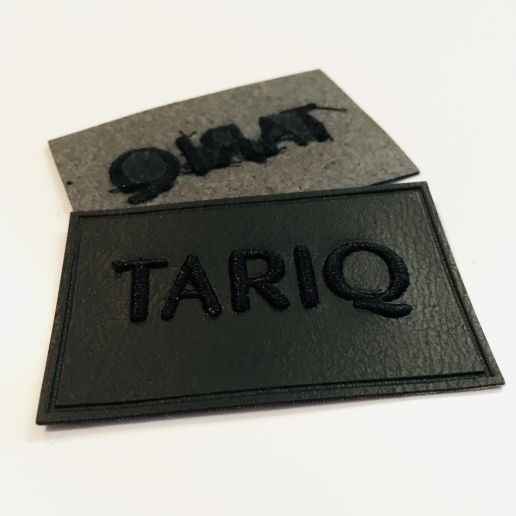
- Categories: Leather & Alternatives, Recycled
- Composition: 50% Apple Powder, 50% Polyurethan
- Specialities: fabric backing consists of 80% cotton & 20% polyester blend; embroidery from recycled polyester
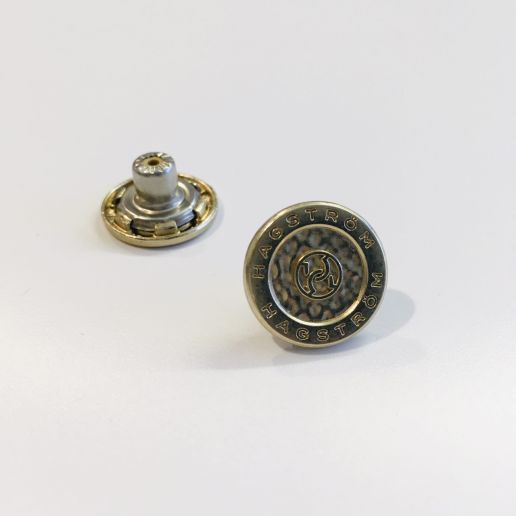
- Categories: Pollution free
- Composition: 100% Zinc Alloy
- Certifications: Bluesign (Certified manufacturing process, guidelines for use of chemicals, controls their compliance, covers consumer protection, wastewater, exhaust air, occupational safety and resource productivity.)
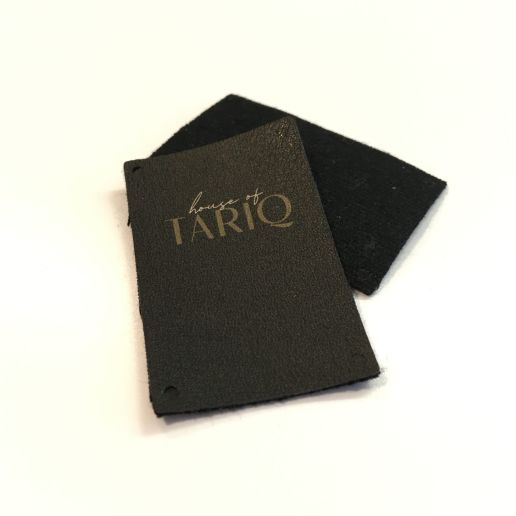
- Categories: Leather & Alternatives, Recycled
- Composition: 50% Polybutylene Terephthalate, 50% Polyurethan
- Certifications: GRS, STANDARD 100 by Oeko-Tex®
- Specialities: 50% post-consumer recycled Polyester, 50% DMFA-free PU
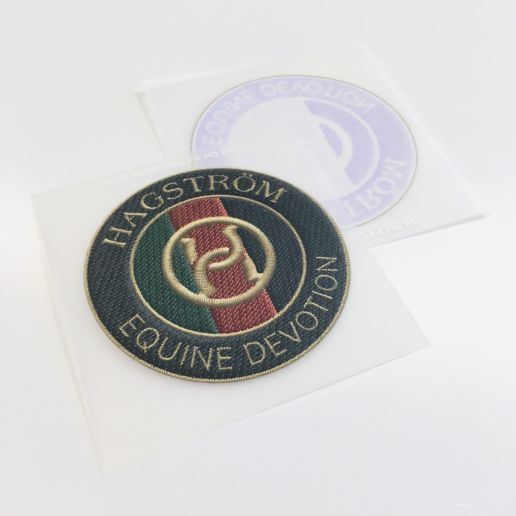
Nilorn‘s current focus is on labels and trims with a more biobased input. Nilorn introduces textile labels in TencelTM, organic cotton and linen and embroidered badges in viscose. There is also a high potential in the area of vegan leather alternatives – which is why Nilorn shows different options like cork with a fully biobased backing, Piñatex® apple-leather or FSC jacron. Nilorn believes in taking a holistic approach in Sustainability including the entire design process, manufacturing and supply chain.
<< LABELS with pollution free Bluesign print (water-based adhesive, finish and ink, carrier PET)
- Categories: Pollution free
- Composition: 65% Dyes, 35% Binders, Polybutylene Terephthalate
- Certifications: Bluesign (Certified manufacturing process, guidelines for use of chemicals, controls their compliance, covers consumer protection, wastewater, exhaust air, occupational safety and resource productivity.)
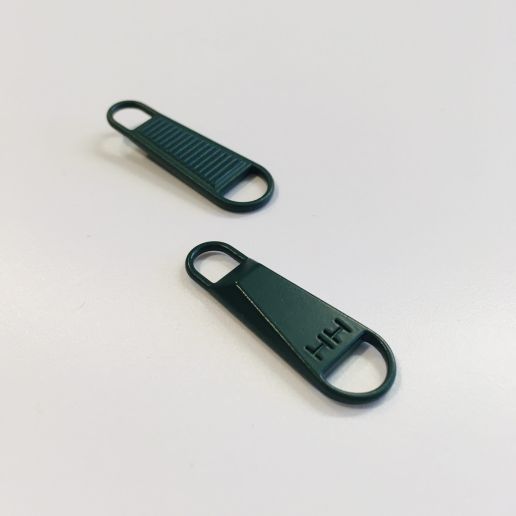
- Categories: Pollution free
- Composition: 100% Zinc Alloy
- Certifications: Bluesign
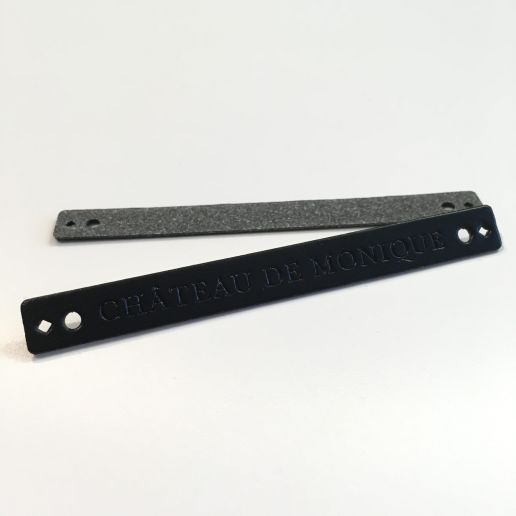
- Categories: Leather & Alternatives, Recycled
- Composition: 100% rec Leather
- Certifications: Leather Standard by Oeko-Tex®
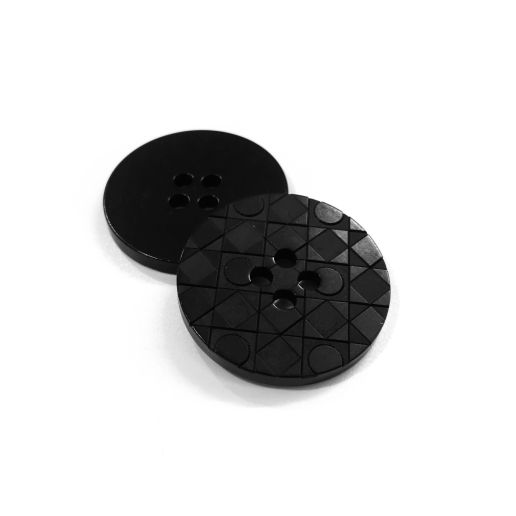
- Categories: Organic/Natural
- Composition: 100% Corozo
- Certifications: STANDARD 100 by Oeko-Tex®
- Specialities: natural material dyed with black color
————————————————————————–
Sustainable Innovations #4: "Sunkolor" by Panorama Fabrics
With climate change still gathering momentum, the intensity of the sun’s invisible UV rays is also increasing. The problem: the intensity is not visible to the eye. The result: sunburn and damage to our skin that sometimes only appears years later which makes it all the more important to protect our important organ.
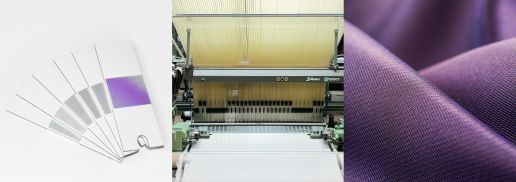
Exactly this is possible with Sunkolor. The material helps to visually perceive sun exposure and to establish a healthy relationship with it as a result. The technology Panorama Fabrics, the material driven Design Studio from Berlin, manages to make UV rays visible. For this purpose, Sunkolor yarns, which are produced in Germany, are woven into textiles.
When exposed to sunlight, the colour of the material changes thus indicating the dangerous UV index range. The change of colour makes it immediately clear once the situation becomes critical. In the first step, the yarns will be attached in labels to hiking backpacks. In the long term, a variety of different or outdoor garments will be made from this yarn.
The vision:
Create new tools to adapt in a changing environment caused by climate change.
Panorama Fabrics studio aims to contribute with its own products and pioneering designs to highlight the possible interaction between textiles, humans and our climate. Research is being carried out on innovations to make more people aware of the effects of climate change and at the same time support them in dealing with it. The two founders, Gabriela Kapfer and Karina Wirth, share a fascination for different materials and a passion for interdisciplinary collaboration, which enables them to create something new and progressive together.
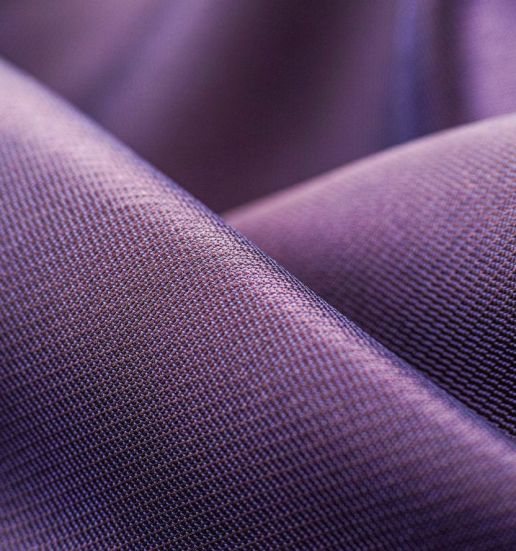
“Sunkolor makes the invisible visible to create awareness.”
– Gabriela Kapfer & Karina Wirth
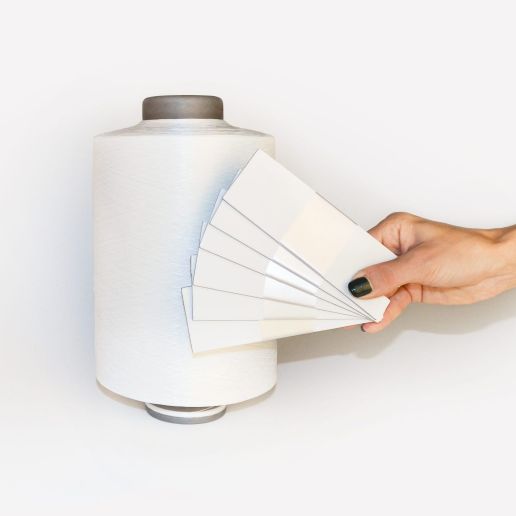
Please find more info about SUSTAINABLE INNOVATIONS in this interview with Simon Angel, curator of the Sustainable Innovations Forum and in the articles about further projects:
Interview about Pre-Creation, -Action and -Connection in our industry >>
Offcuts collection by Studio Popopo >>
Sustainable Innovations #3: +17,4% - Offcuts Collection
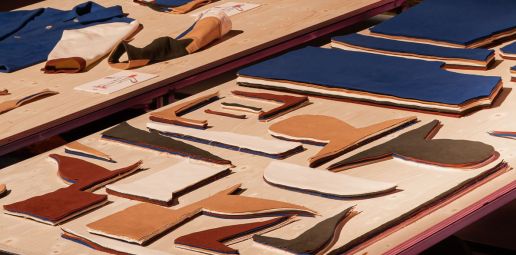
Making good use of leftovers from textile production – and using them to upgrade the same garments?
It’s possible: while working in the garment industry, product designer Seok Park saw the vast amounts of leftovers that are created. It inspired him to put them to good use. With his studio Popopo from Eindhoven, he launched the OFFCUTS project for this reason. In the OFFCUT collection, additional parts for garments are made from fabric scraps – fabric scraps that are left over from the production of exactly these garments and that offer added value when the garments are used. The goal is not only to reuse scraps, but also to add value to them to make another product and thus incorporate them into the garments produced.
Each work is named after the percentage that indicates the waste in the production of garment patterns.
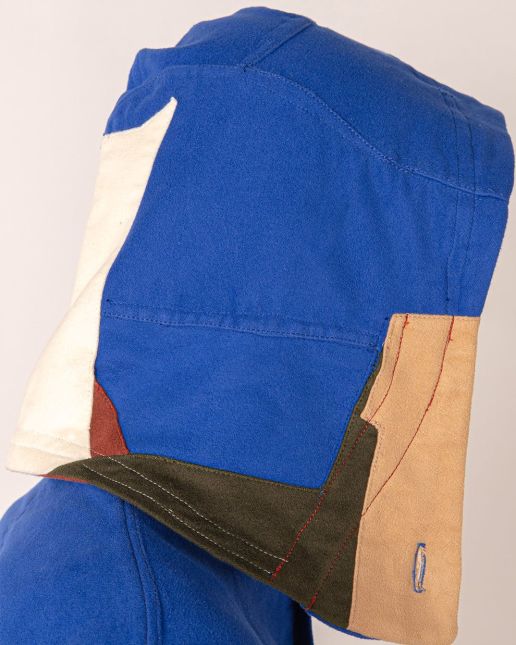
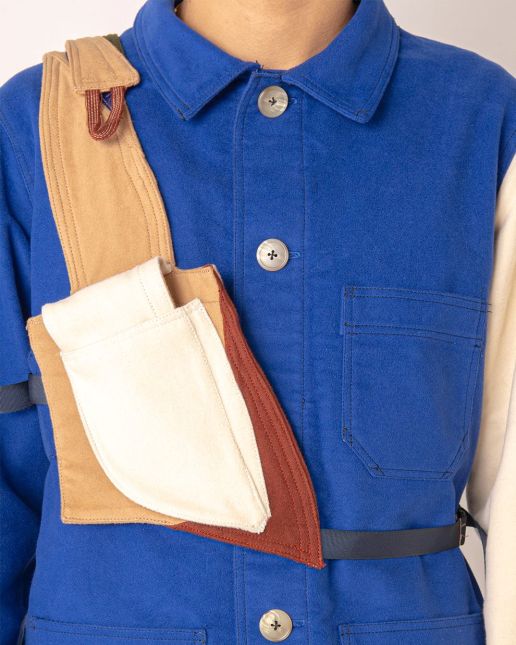
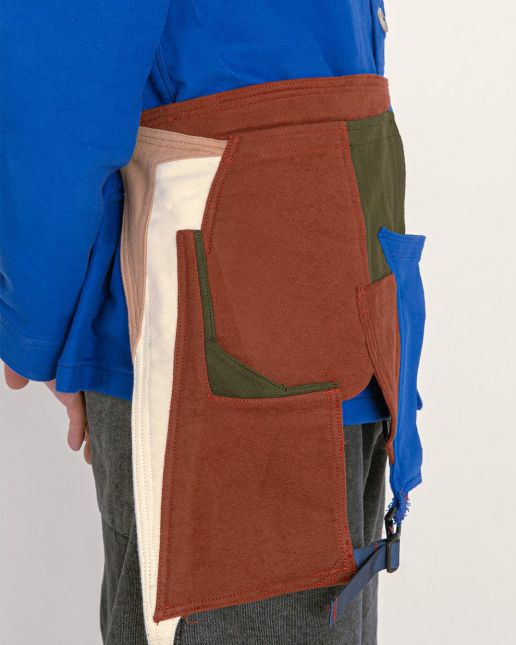
Re-use, re-value, re-connect
“Through the project, I would like to point out the potential materiality of these leftovers by discovering their own unique story as a general material beyond industrial by-products or reusable waste.”
– Seok Park
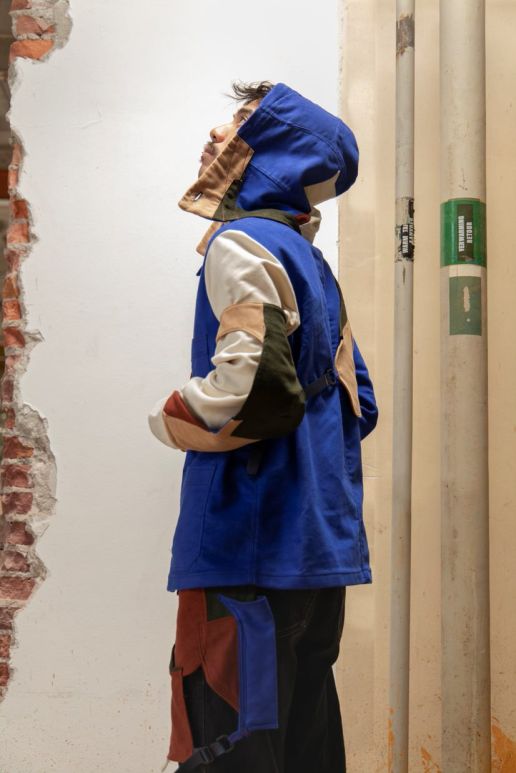
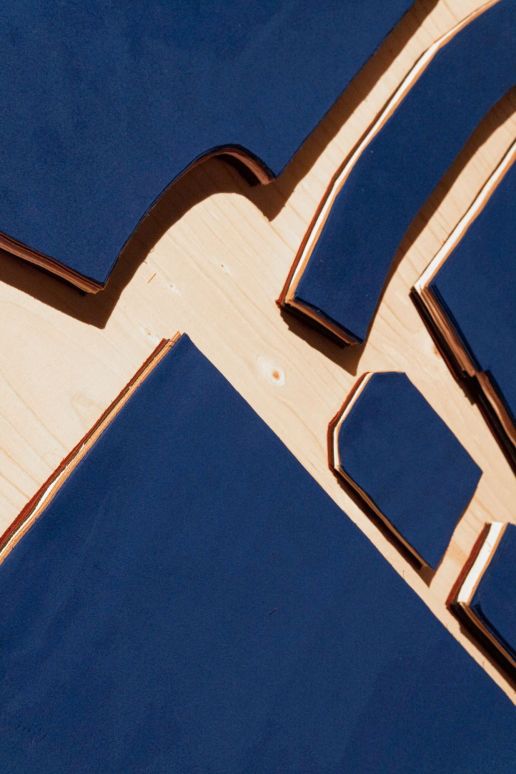
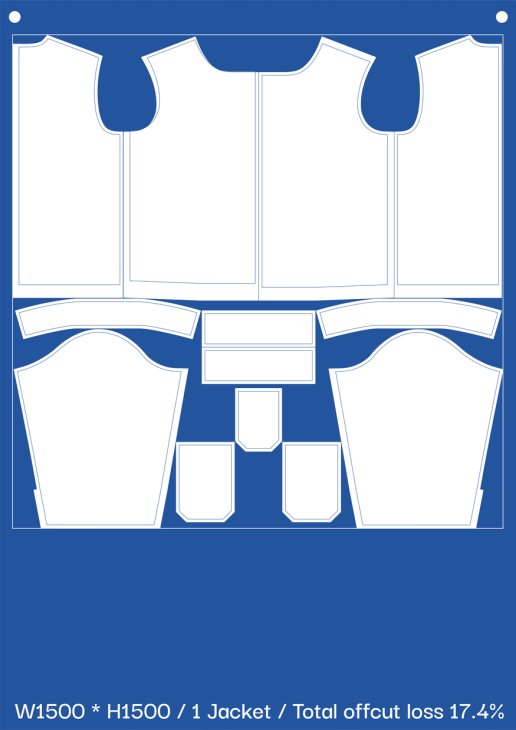
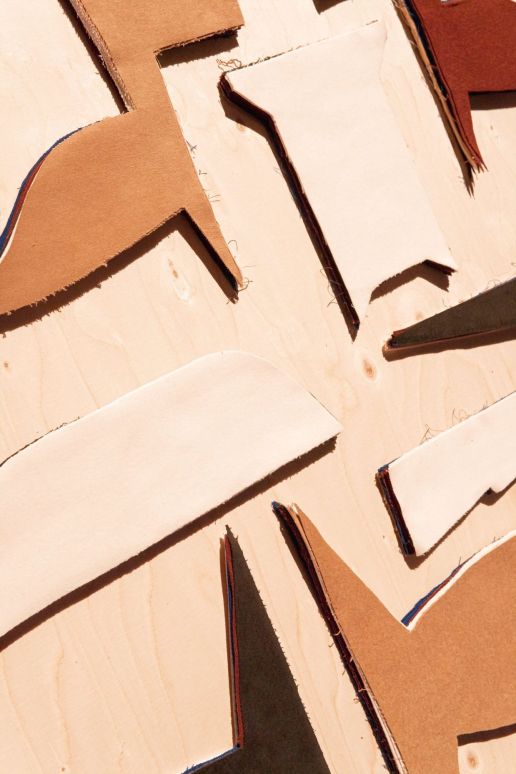
17.4: This is the percentage of excess cut produced in the production of chore jackets, the classic workwear item. The functional value is now obsolete – so the project uses +17.4% leftover pieces from 60 Chore Jackets to produce a collection of practical accessories. These accessories offer additional benefits for specific conditions such as weather conditions of the different seasons and more.
—————————————————————-
Find more infos about SUSTAINABLE INNOVATIONS in the interview with Simon Angel, curator of the Sustainable Innovations forum, the project #1 ‘Biotic’ and the project #2 ‘Offcuts’:
Interview about Pre-Creation, -Action and -Connection in our industry >>
Sustainable Innovations SS23 #1: Bacteria to wear by Lionne van Deursen >>
Sustainable Innovations SS23 #2: Flower Matter by Irene Purasachit >>
—————————————————————-
Textile Inventions You Need To Be Acquainted With In 2022
Textile Inventions You Need To Be Acquainted With In 2022
(If You Are Not Already)
AN INDUSTRY INSIGHT BY FASHNERD FOUNDER MUCHANETA KAPFUNDE.
The race to digitise the textile sector is expected to continue to gain momentum throughout 2022. However, with sustainability still a key theme, the good news is that game-changing innovations are helping a very traditional industry recognise business opportunities that push towards a fundamental shift in industry practices and any future developments.
Reimagining the Textiles System With a New Mindset
No longer held back by conventional processes, more and more textile manufacturers, suppliers, buyers, and designers are now transitioning towards a textile system that allows them to harness better economic, societal, and environmental outcomes. In addition, prioritising the application of new technologies has helped the textile industry take those first steps of progress towards adopting new business models, technological innovation, and radical collaboration.
“Our success depends not only on the work within our own value chain but on disruptive partnerships across a broader textile production and manufacturing ecosystem,” stated Cyrus Wadia, VP Sustainable Business and Innovation at Nike, in the Ellen MacArthur Foundation report “A New Textiles Economy: Redesigning Fashion’s Future”.
As technology continues to have a significant impact on the textile industry, in 2022, make sure you keep an eye on the following innovations from these three game-changing companies:
1. Kelp – One Of The Most Renewable Natural Resources: Algiknit
In the business to make textile production more environmentally conscious, Algiknit offers material options that perform as well as conventional materials.
“The yarn we’re producing today has the look and feel of the natural fibres consumers are familiar with, plus all the makings of a no-compromise conscious material,” said Aaron Nesser, co-founder and CTO of AlgiKnit, in a statement.
Staying ahead of the curve in fabric innovations, Algiknit could effectively bring kelp-based yarn into the mainstream. The startup is currently poised to scale the production of eco-conscious yarns for use by forward-thinking global fashion brands.
With Kelp considered one of the most renewable natural resources globally, the Brooklyn-based material-maker of carbon-neutral, toxic-free textiles has spent the past four years developing technology to produce yarns on a commercial scale. They hope that they will be able to scale production to a point where they will be able to meet growing material demand in time.
2. Freshwater-free Textile Fibres, The Next Alternative: SaltyCo
UK startup, SaltyCO, has come up with freshwater-free textile fibres. Hoping to establish an alternative to freshwater-intensive cotton cultivation, SaltyCO is on a mission to tackle the side effect of wasteful freshwater use by rethinking the system and installing a new category in sustainable textile production.
Acknowledging that there is no single solution to “sustainability”, SaltyCO’s vision is to build a planet-healing supply chain that begins with an approach to regenerative agriculture. Hoping to create the most impact by sourcing their plant material, the materials science company has so far found a suitable salt-tolerant plant for the textile supply chain. They are now researching regenerative cultivation techniques and textile products. The outcome has been BioPuff, a plant-based fibre fill produced in SaltyCO’s laboratory in Scotland.
An alternative to animal and petroleum-based products, BioPuff is made of pure cellulose and has been reported to reduce petroleum by 70% in every jacket impact and save up to 25 litres of fresh drinking water.
3. Built with Biology, Not Oil: Biofabricate
Do you know that we are at the dawn of a new age where we can biodesign and biofabricate? No longer confined to small-scale experiments, biomaterials have garnered interest from well-known brands, like Adidas and Hermès, looking for plant-based alternatives to petroleum.
Recognising the potential of ‘Living Factories’ like Mycelium, Bacteria, Yeast and Algae, is Biofabricate. They are a startup that believes that a sustainable material world is built with biology, not oil. Recognising that there are no shortcuts, Suzanne Lee, founder and CEO of Biofabricate, believes that patience and tenacity by the industry should be a requirement.
“This can be a struggle for many designers – who like fast outcomes. But unfortunately, biology doesn’t work like that”, explained Lee when interviewed by Nextnature.net.
As a new generation of biofabrication and cell agriculture startups continue to set the standard, Biofabricate has become the go-to for those looking to bridge design with biotech intelligently.
In the current landscape, textile inventions are setting the standard by driving the textile industry to understand the facts and participate in the solutions. But, in the end, material innovation is a constant journey, one you should already be on if you aren’t already.
Are you interested in more indepth facts and figures of the new textile economy?
Check out FashNerd.com to follow the journey of the industry or read one of the following blog articles:
Antimicrobial Textiles, Hero or Hype?
The New Textiles Economy, A Catalyst For Transformation?
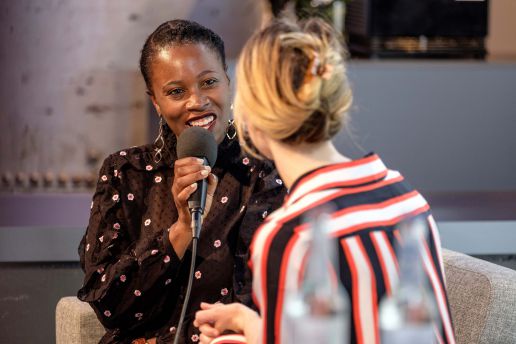
ABOUT THE AUTHOR
Founding editor-in-chief of FashNerd.com, Muchaneta has worked in the fashion industry for over 14 years. She is currently one of the leading influencers speaking and writing about the merger of fashion with technology and wearable technology.
Muchaneta Kapfunde | editor@fashnerd.com


